2021-2022 Year in Review
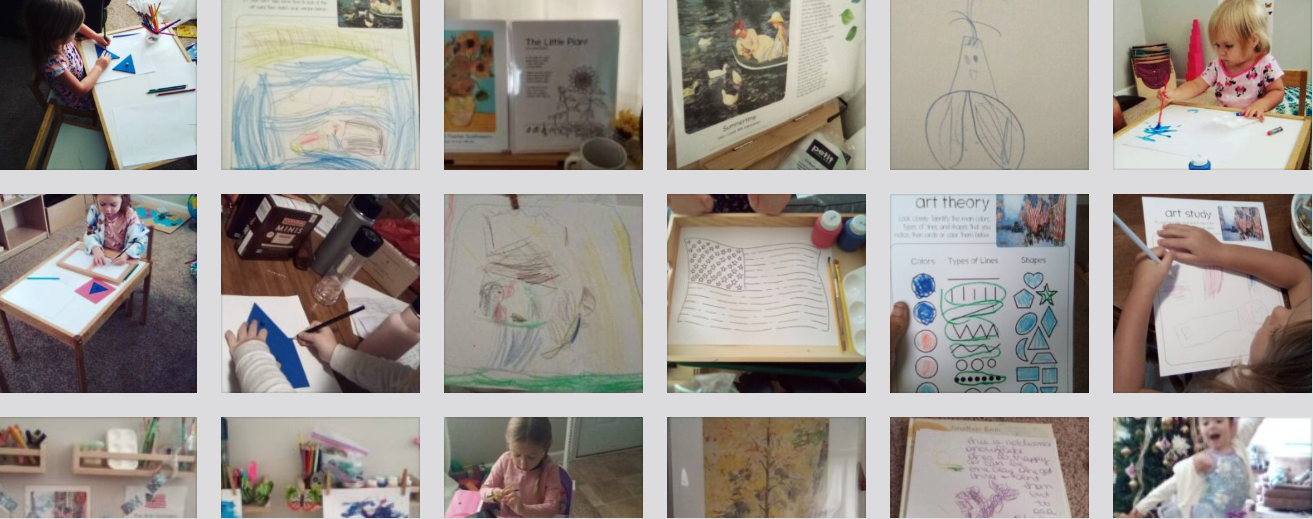
We are wrapping up our school year at the end of April this year… kind of crazy but at this point we have already done 183 school days so we have had PLENTY of opportunity to get in all we need to in our second year of Montessori Primary at home. My goodness we have had a lot of fun! I am actually ahead on both my planning and prep for the next school year (thank you pregnancy hormones- LOL) and have already posted those blogs and wrapped up updating our portfolio. We are ready for baby #3’s appearance (and our second Montessori baby from the VERY beginning!). We are ready for all the cuddles, love, bonding, and chaos that comes with adding a new little one to the mix.
This year we joined a local homeschooling group and plugged into Forest School with them once a week. We loved this as an extension of our at home learning. At home we learned so much and got to do so many fun new things. The girls are both growing, learning, and taking it all in and I am here for it! So exciting!
Our daily rhythm didn’t change from last year. Most of the year we hold space 4-5 days a week for at least our morning work cycle. Sometimes we do an activity or a playdate in the afternoon.
- Wake + Morning Routine (Breakfast, supplements, brush teeth, get dressed)
- Morning Work Cycle
- Lunch
- Quiet Time (Quiet Play/Work for Little Miss and Nap for Littlest Miss)
- Afternoon Work Cycle
- Dinner
- Evening Routine
In Montessori, there are four main subjects: Practical Life, Sensorial, Language, and Mathematics. Cultural and Bible have their own category in our homeschool preschool as well. At the end of the post I will list the themes we incorporated this past school year. Click here to check out an overview of the free curriculum we use in our home. This year we chose to supplement our cultural curriculum with Waseca’s free curriculum as well and LOVED it! In January of this year, I grabbed the Timeline by Mainly Montessori for 6-12 to help with planning. The beginning of The Timeline overlaps with the 3rd year/Kindergarten year of Primary (3-6) Montessori (especially in language and math). I am seriously loving it so far. It has been so helpful to see what works are parallel and what the children are commonly working on at the same time. In addition to this, I grabbed “Montessori Matters: A Mathematics Manual” by Sister Mary Motz.
Practical Life
Practical life plays a large roll in the 3-6 Classroom. It is here where the child learns not only how to do tasks that are necessary, but tasks that she is drawn to. Tasks that enable the child to become independent and to have purpose. This draws the child in and allows the child to grow in their ability to focus. To grow in their fine and gross motor movements. It prepares the child to write by strengthening the hand. Practical life is SO much more than a set of tasks. Fun. Practical. Purposeful. Ever wondered why practical life work is a part of the Montessori classroom? Check out this post.
In our homeschool preschool this year the bulk of our practical life work on the shelf was related to building hand strength. Painting, sidewalk chalk, cutting, snipping, geoboard, peeling, hand crank paper shredder, early sowing work, working with tools, lock and key, pin punching, the dressing frames, and a couple transfer works were on the shelf this year and are all wonderful at building hand strength and are excellent pre-writing work. She also started early weaving, braiding work, pre-sowing work, and began the sewing sequence.
Off the shelf my oldest was drawn to washing the dishes, cooking, baking, cutting (with a knife), dusting, washing surfaces, cleaning the bathroom (on and off), sweeping and moping. She is not fond of returning a work or toy after completing an activity NOR is she fond of decluttering. Maybe next year she will be lol! A mom can hope?
Grace and Courtesy also falls under Practical Life work. We have had A LOT of grace and courtesy this year as our tot and preschool learn to take turns, share, and play together. We also reviewed how to cough & sneeze (new to tot!) and the waiting hand. We went over talking on the phone (video and regular), yawning, offering help, acts of service, asking questions in a classroom, and including others.
In “Tot School” my youngest (who is now two) began her practical life work and was introduced to the velcro dressing frame, zipping and unzipping (organically), she began washing dishes, dusting, cleaning glass (we use a special cloth), cleaning blackboards/whiteboards, tidying, folding (very early folding work with laundry), carrying a mat, unrolling and rolling a mat, carrying a tray, opening a book (we’ve mastered even hard to turn without tearing pages like the Bible!), spreading and cutting work as well! Lots of fun for the tot and practical life.
Here’s a few photos of our practical life work:
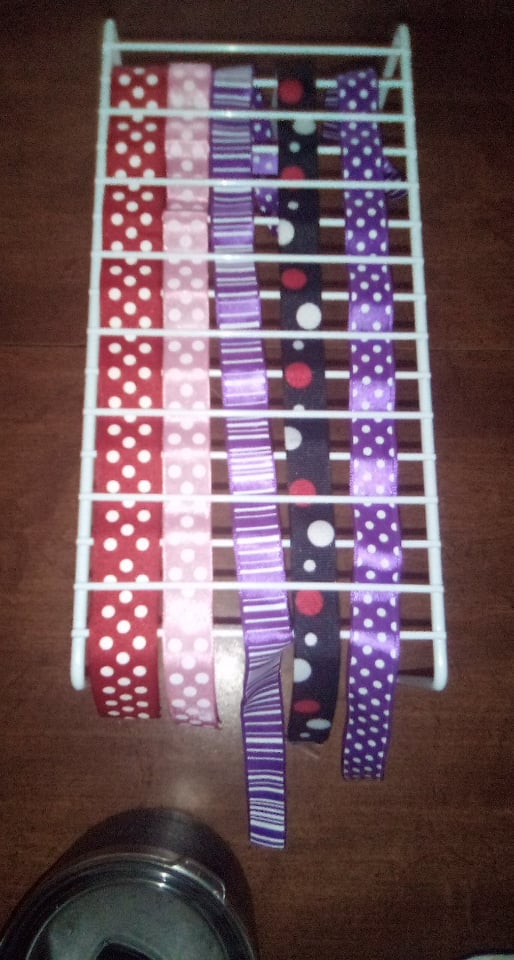
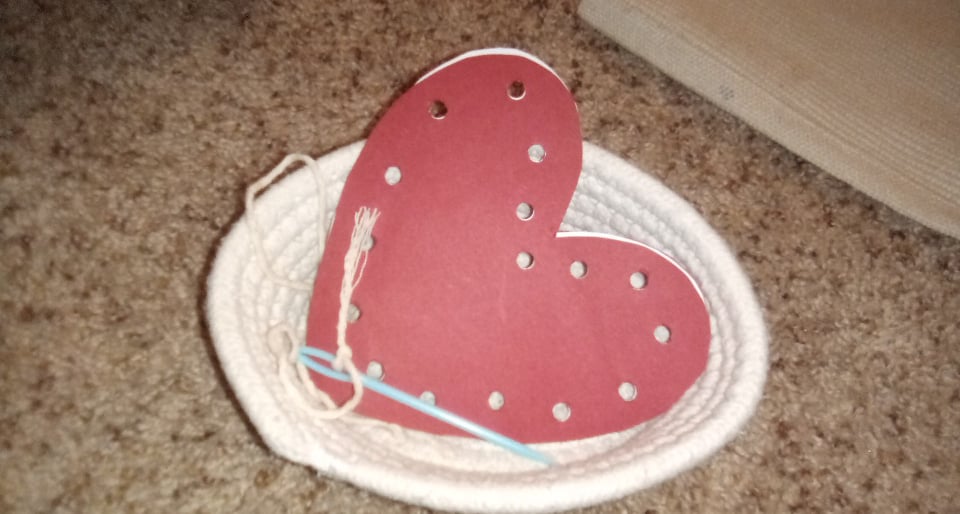
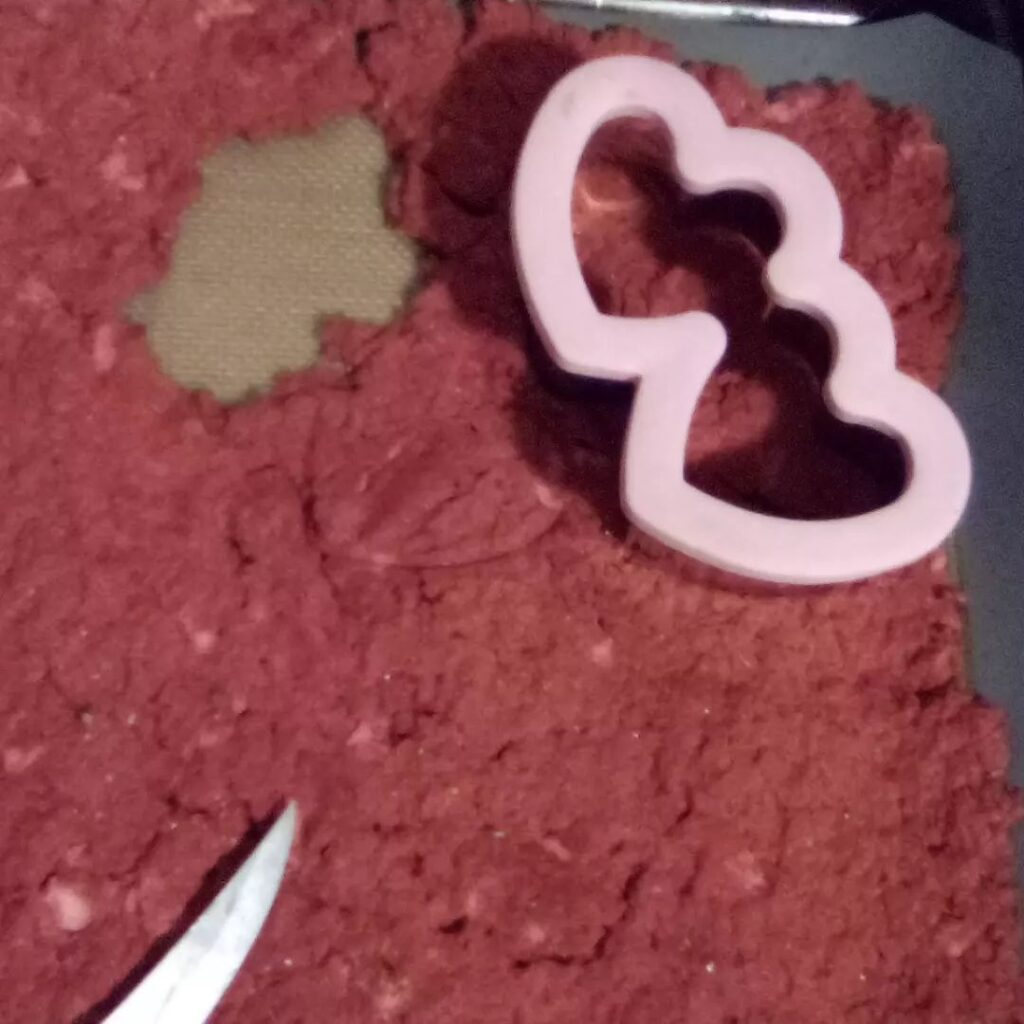
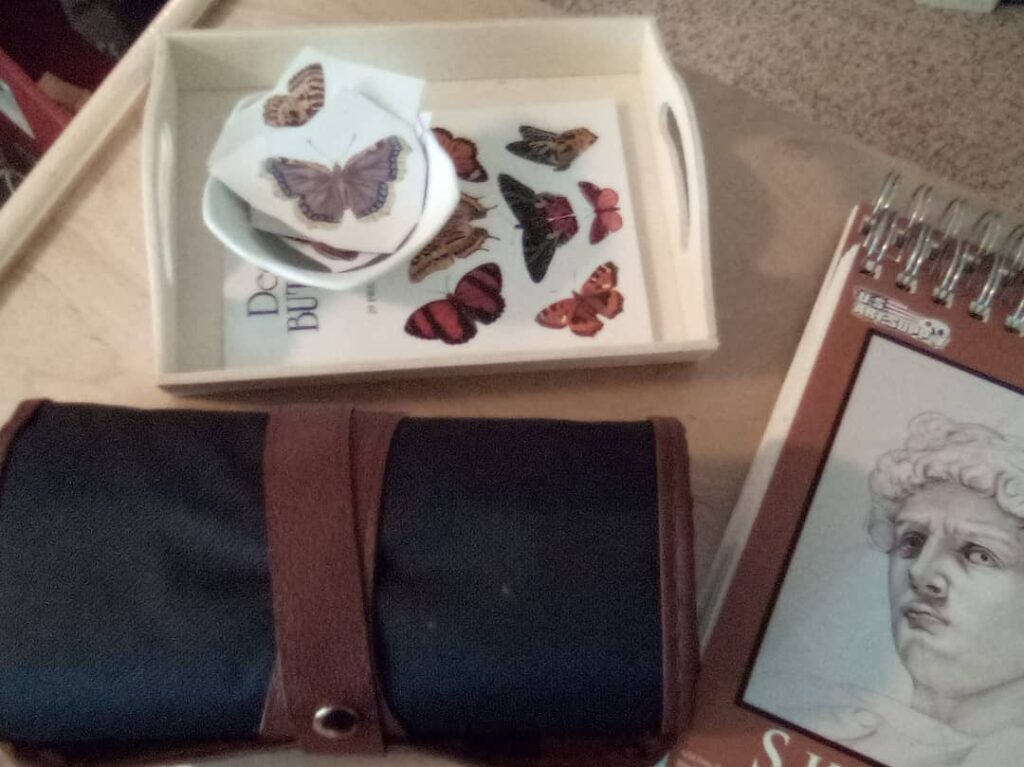
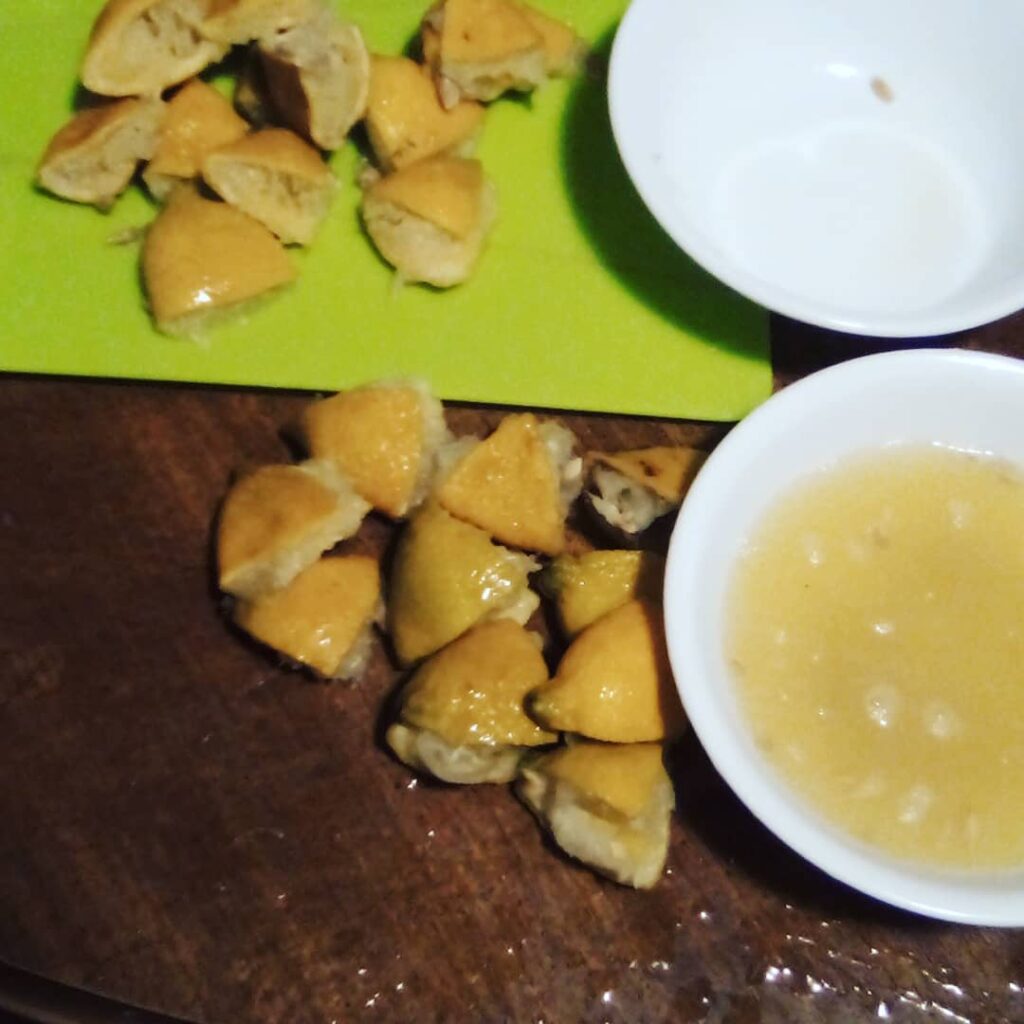
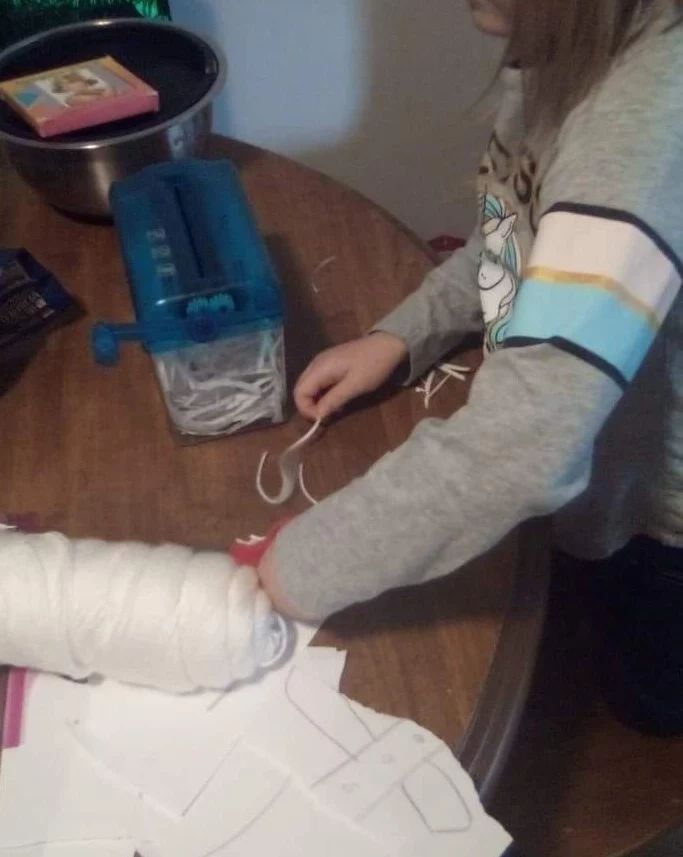
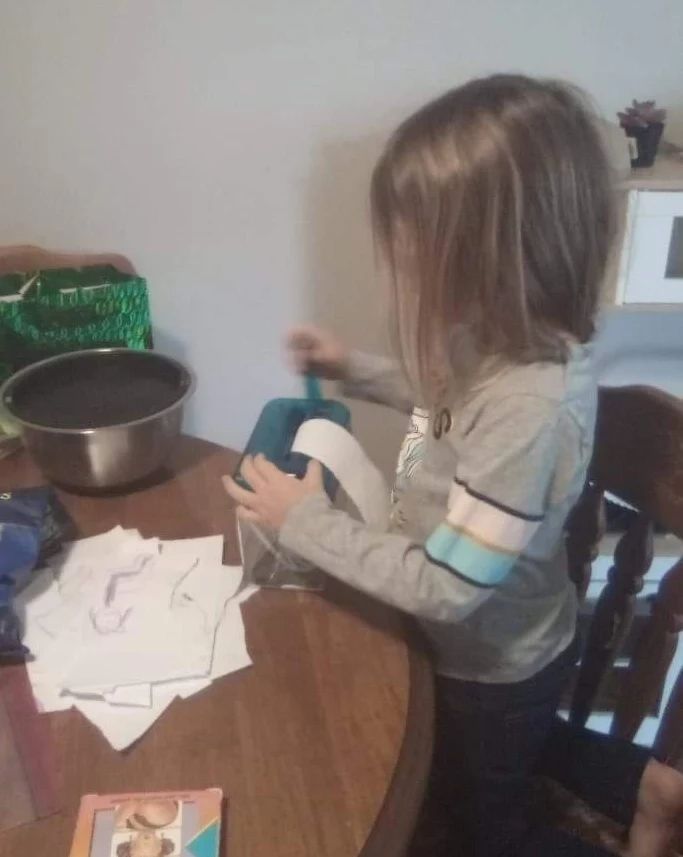
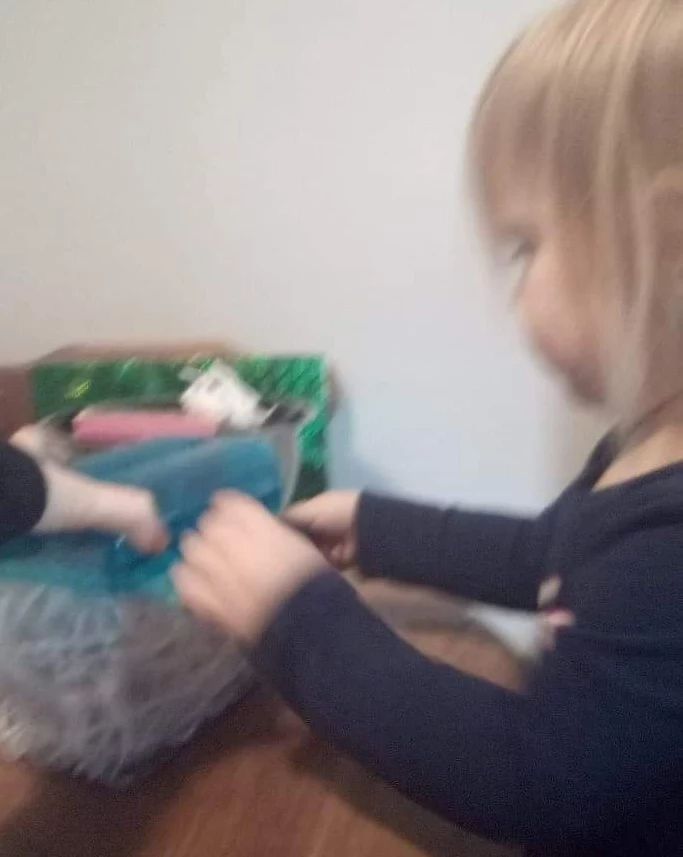
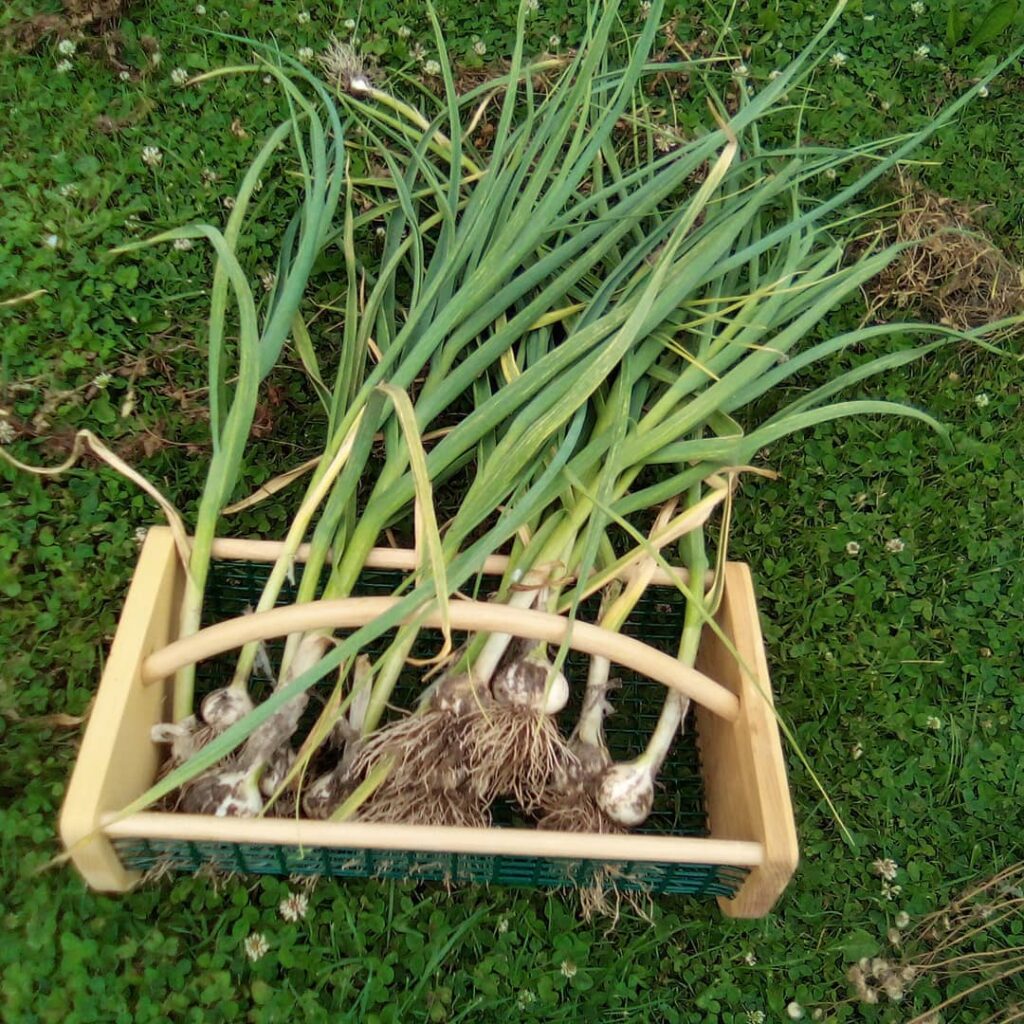
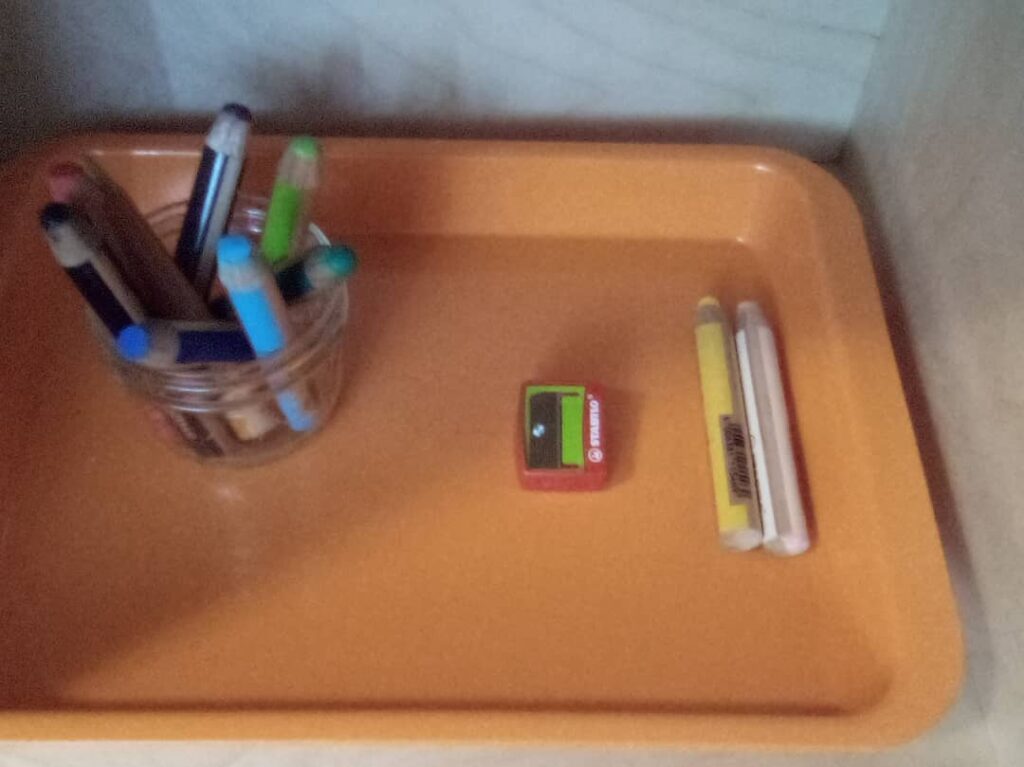
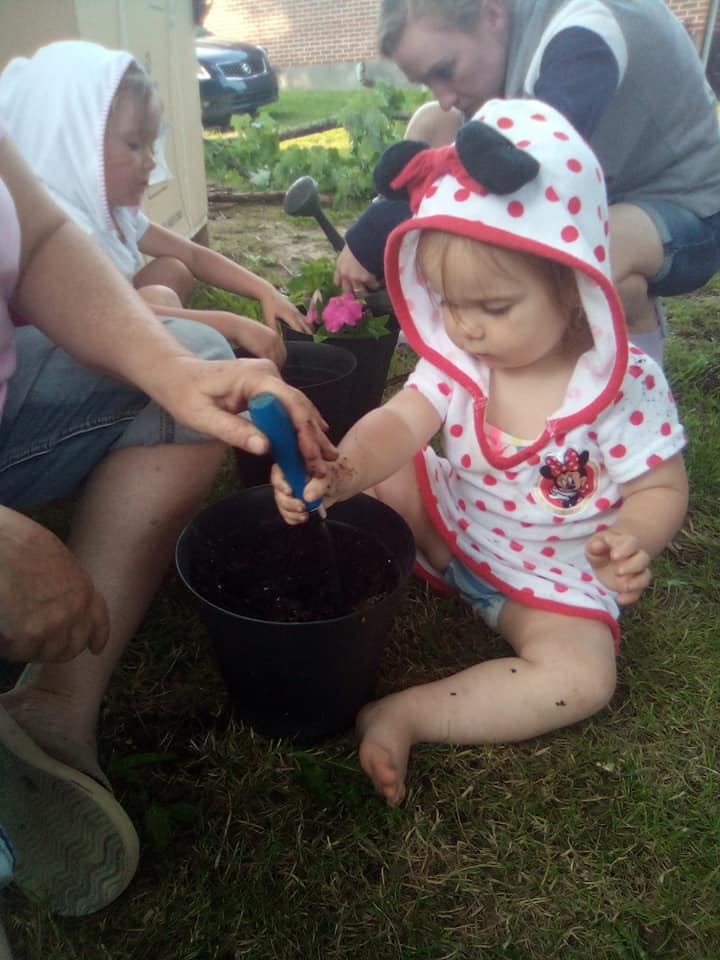
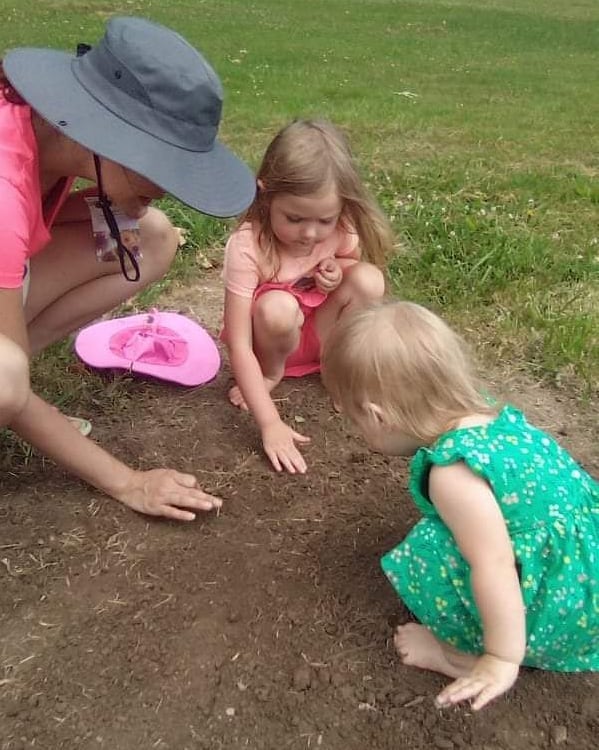
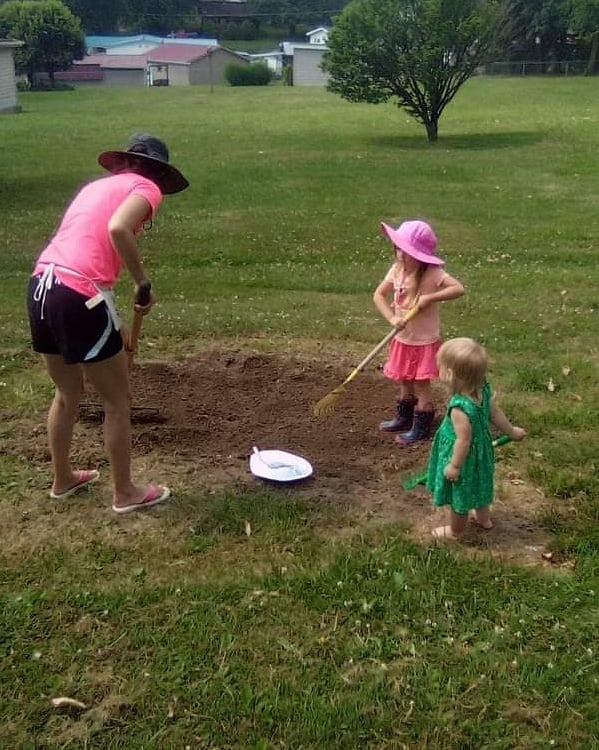
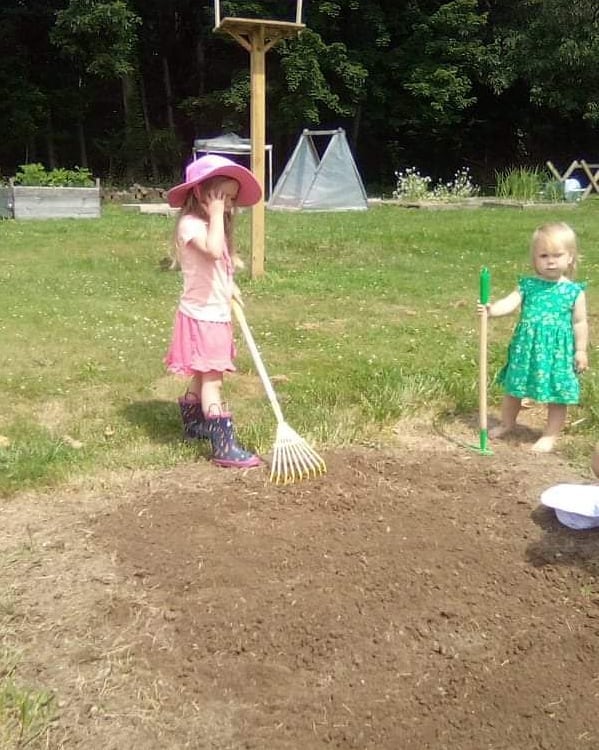
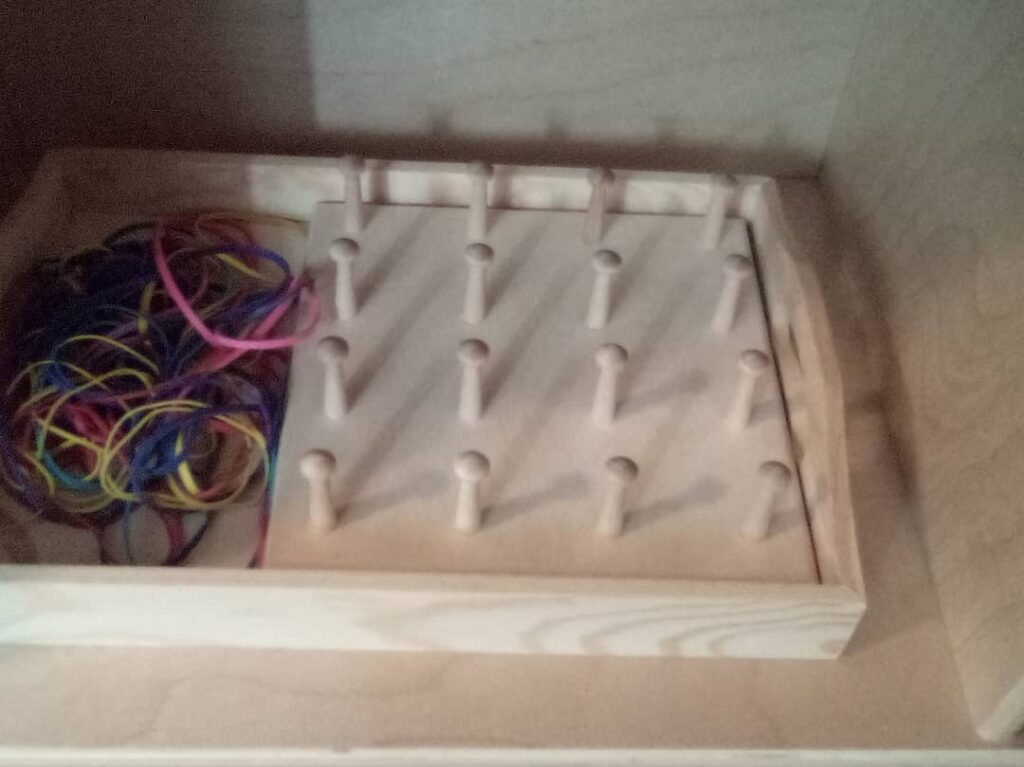
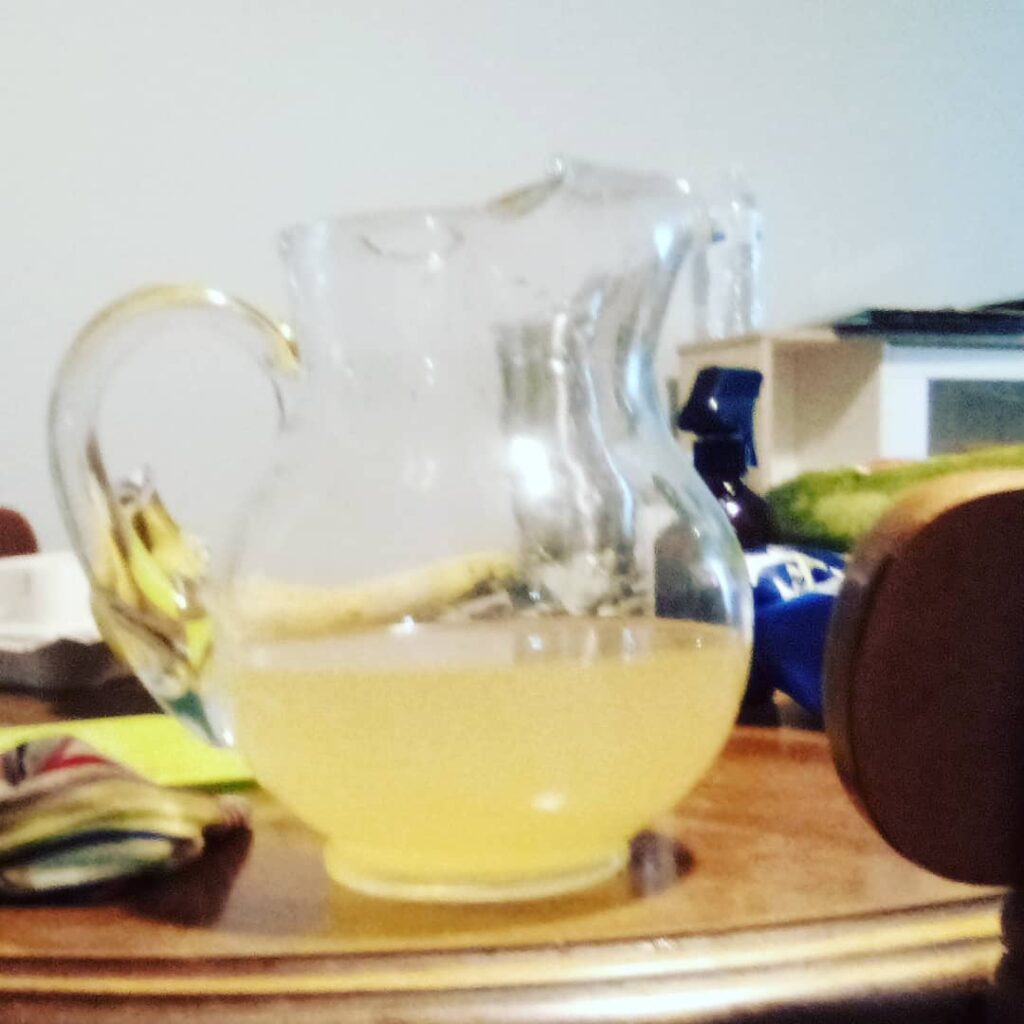
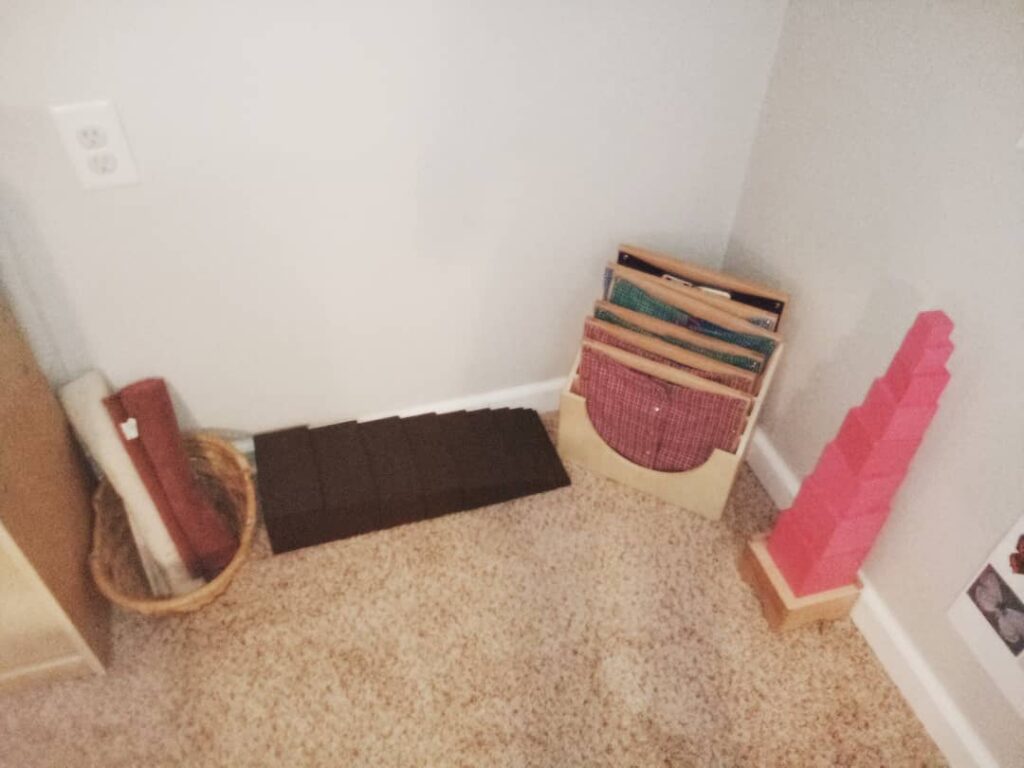
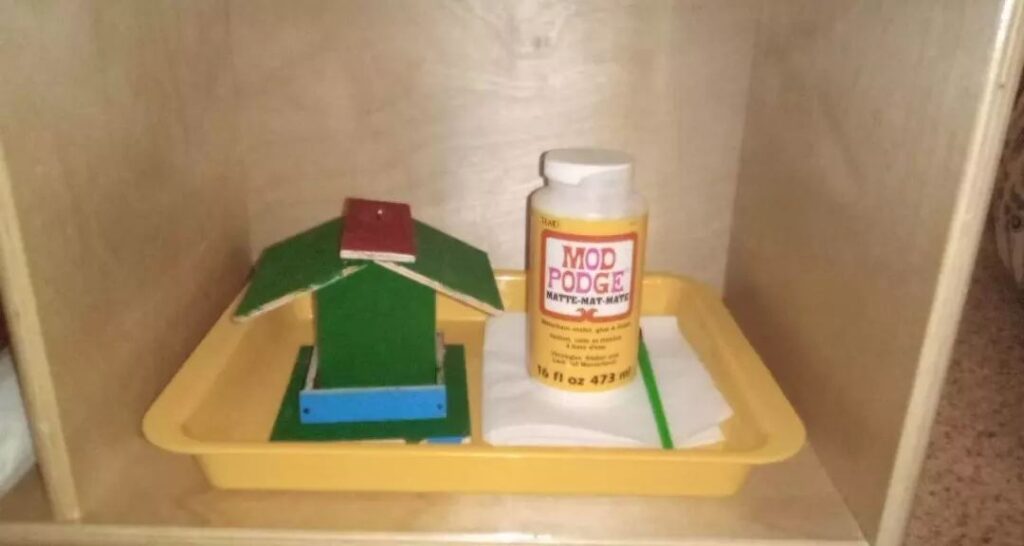
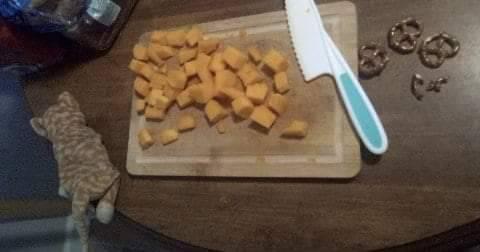
Sensorial
The Sensorial Curriculum serves to engage all the senses and indirectly prepares the child for math, science, reading, and writing. The child will learn to differentiate objects based on size, color, shape, feel, weight, temperature, sounds, smells, and tastes. This allows the child to begin to classify their environment. The sensorial materials do not begin until the child is ready for the 3-6 classroom so we do not have any in “tot school” outside organically exploring sister’s materials or sitting in on a presentation. The home and outdoor environments naturally has quite a bit to engage a child sensorially under three.
This year on the shelf we had: geometric cabinet, constructive triangles, sensorial decanomial, binomial cube, and geometric solids.
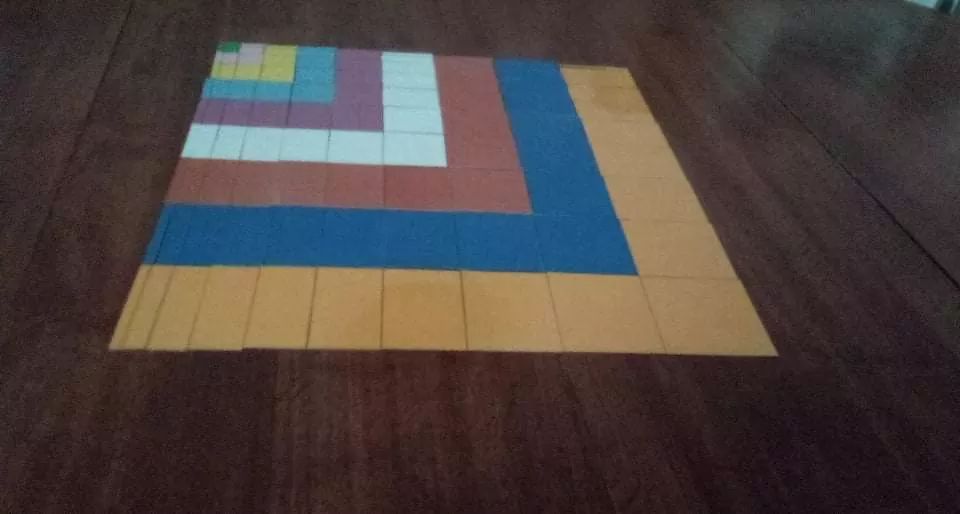
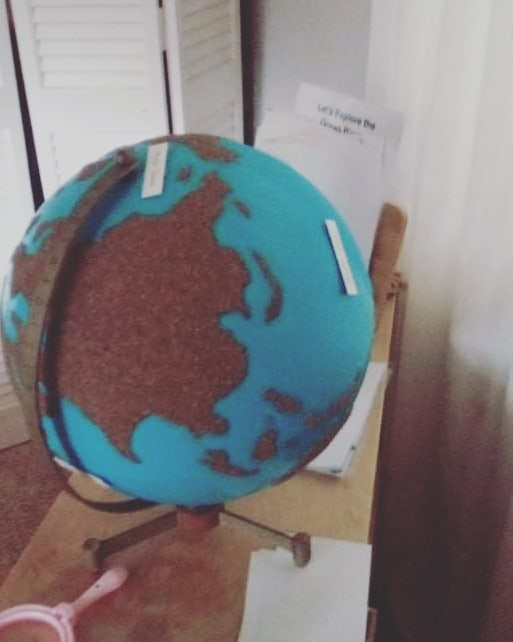
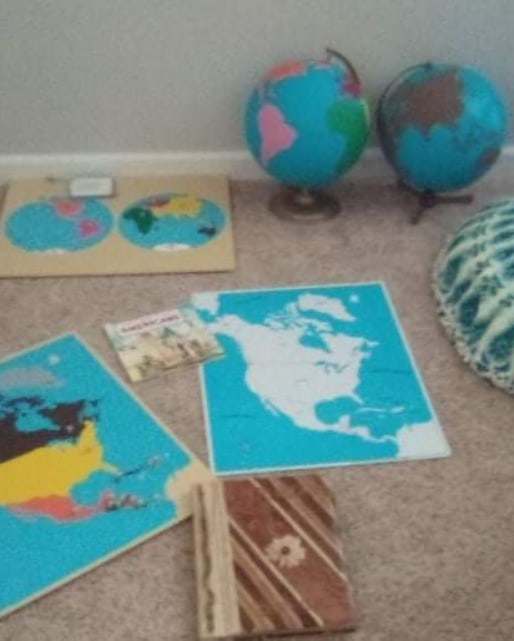
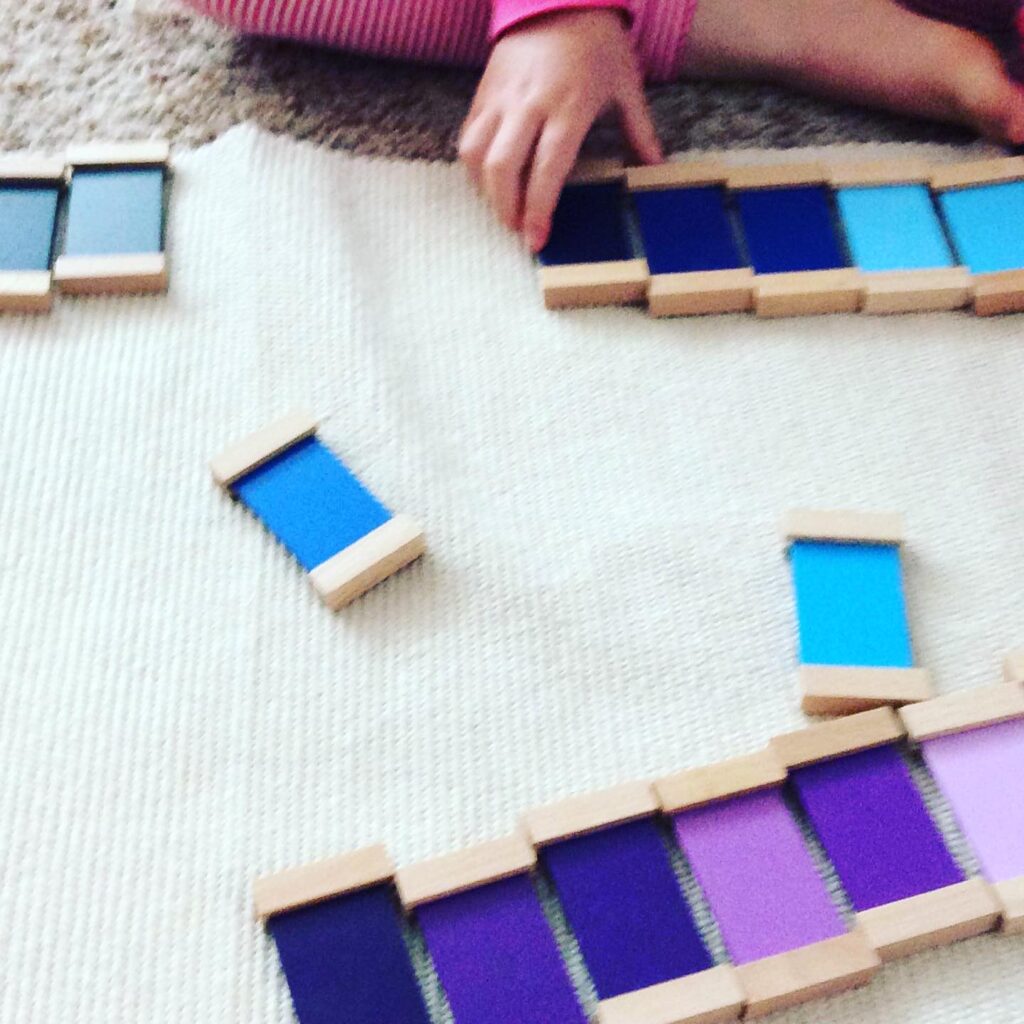
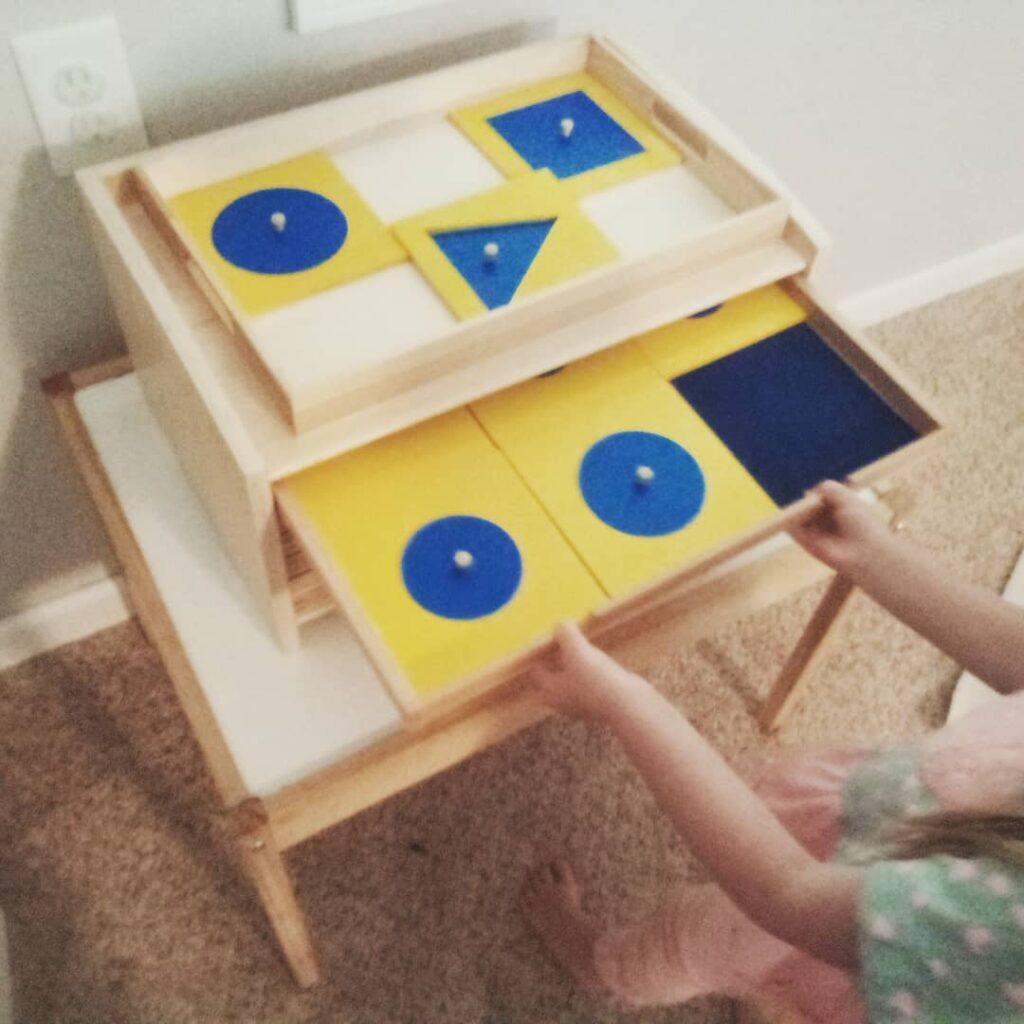
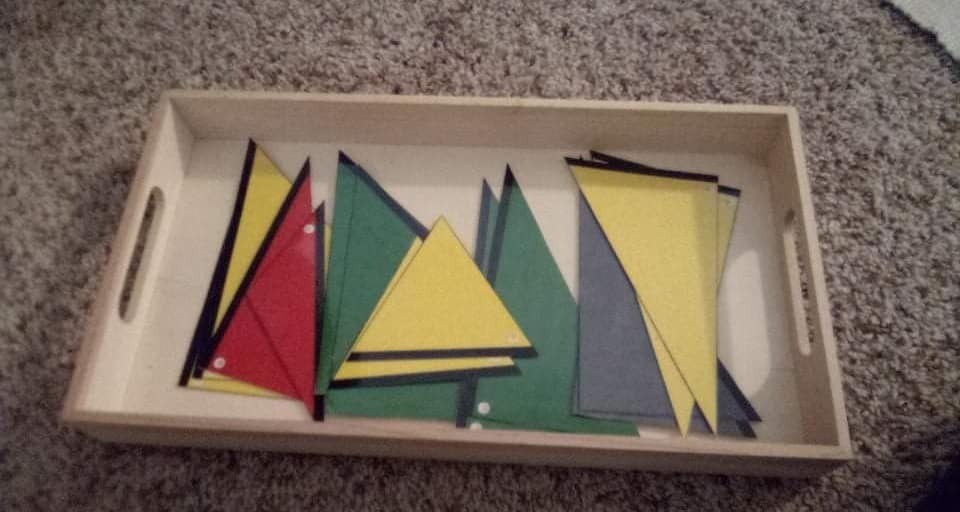
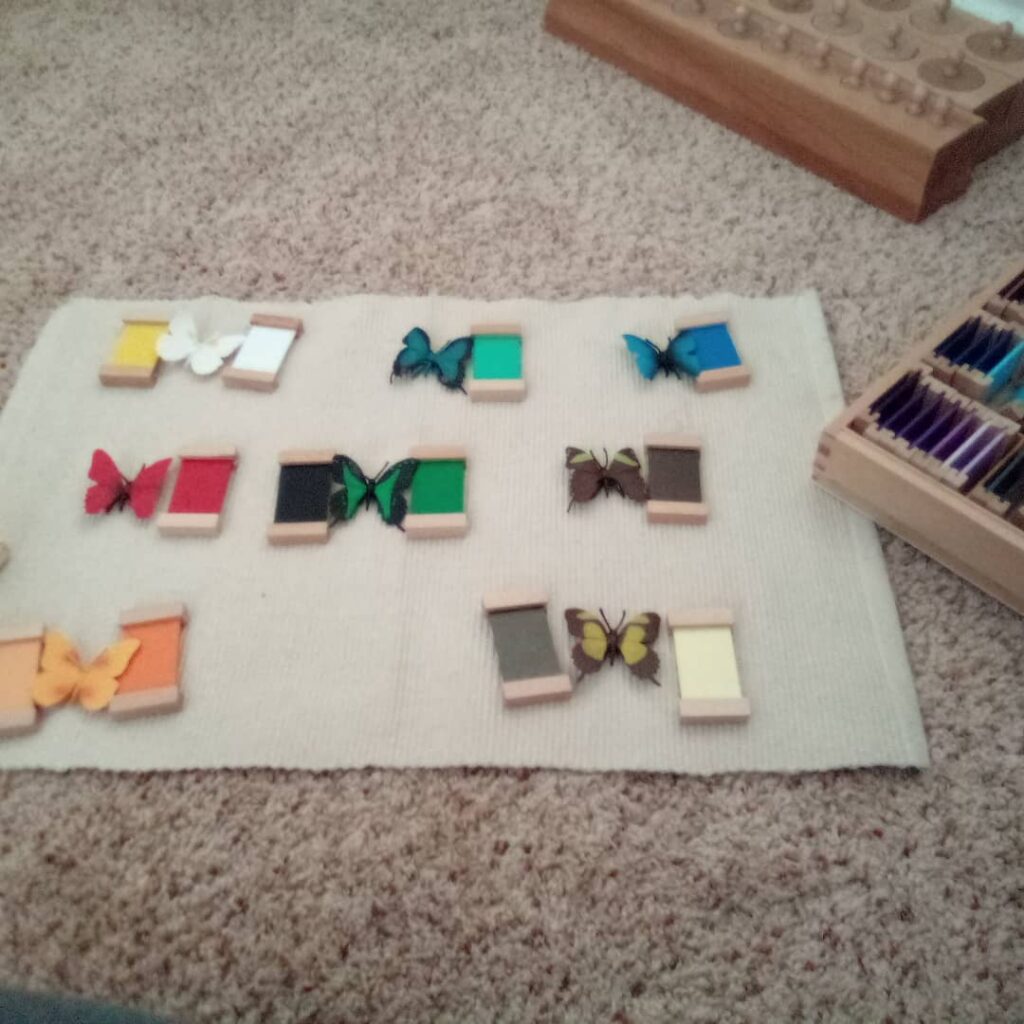
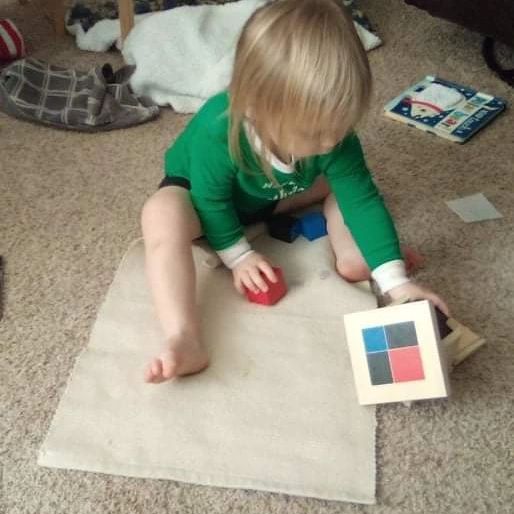
Language
The deeper we get into the language materials, the happier this English loving Mama’s heart is! This year we really leaned into the sound games (beginning, middle, and ending sounds) and introduced: sandpaper letters, metal insets, moveable alphabet, chalkboard/writing with individual letters, letter families, and sorting symbols.
For non-Montessori blog readers, we began reading and writing 😉 We’ve focused on the 44 phonemes in the English language. She already knows the sounds (as all native English speakers do!) so we focus on listening to the sounds in words with games and then associating those sounds with the correct letter or double letter. She is currently in the coding phase of working with language aka writing (not referencing penmanship here) and is in the beginning phases of writing cursive by hand. She can write phonetically with the moveable alphabet but is in the early stages of this as well. She is working on blending (with sound games). This will make her more confident with her writing and set up her beginning reading.
I have two posts that go through our early writing and reading sequence if you curious what the flow looks like with the materials/lessons.
In addition to this we do tons of read a-louds (including poetry and chapter books), story telling, and we act out our stories. Enrichment of vocabulary occurs in sensorial & cultural work and truly overlaps with language (think nomenclature or three part cards).
In “Tot School” we explored vocabulary objects and cards, vocabulary around the home, outside, and in public, real a-loud, story-telling, object to object matching, and object to picture matching.
Here’s a look at our some of our language work in action this year:
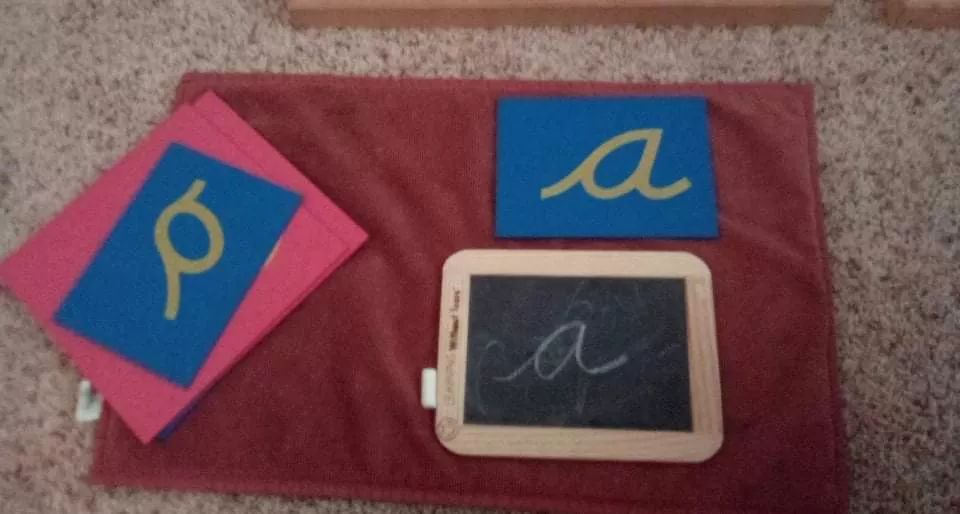
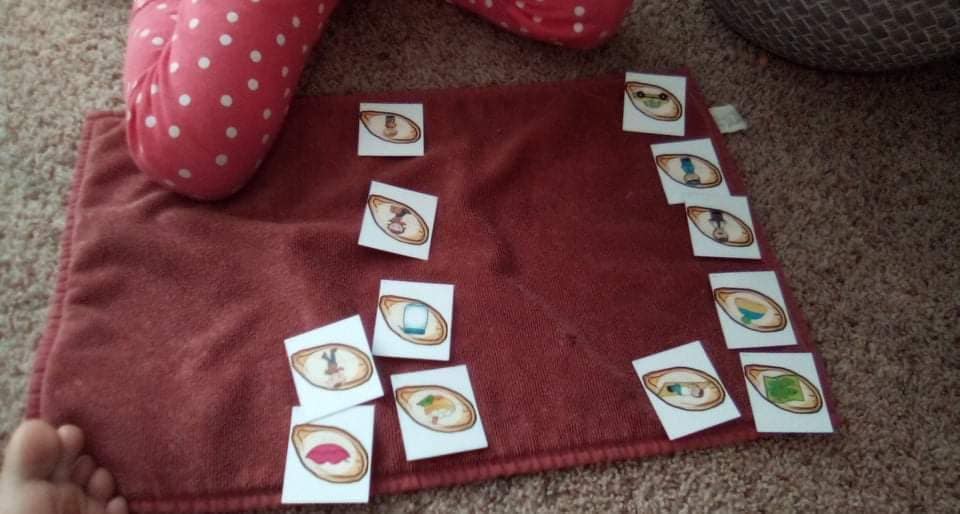
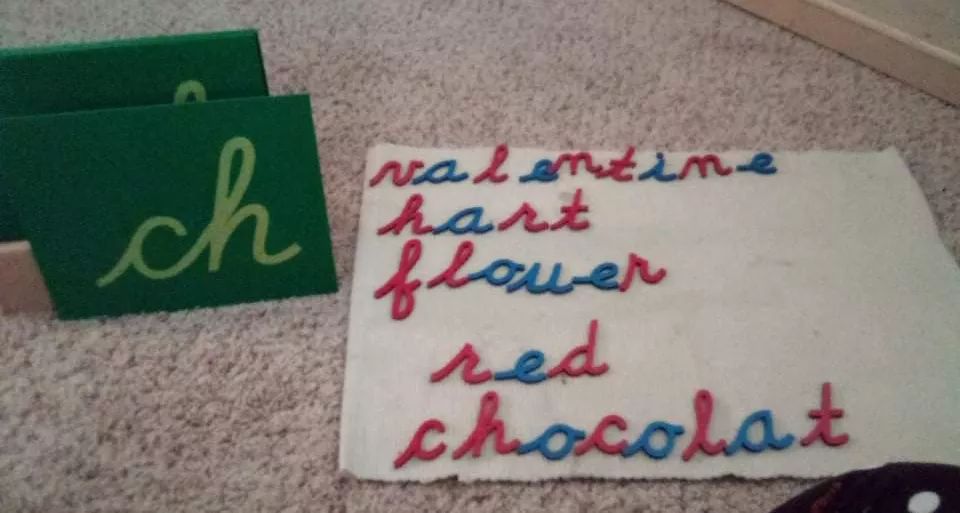
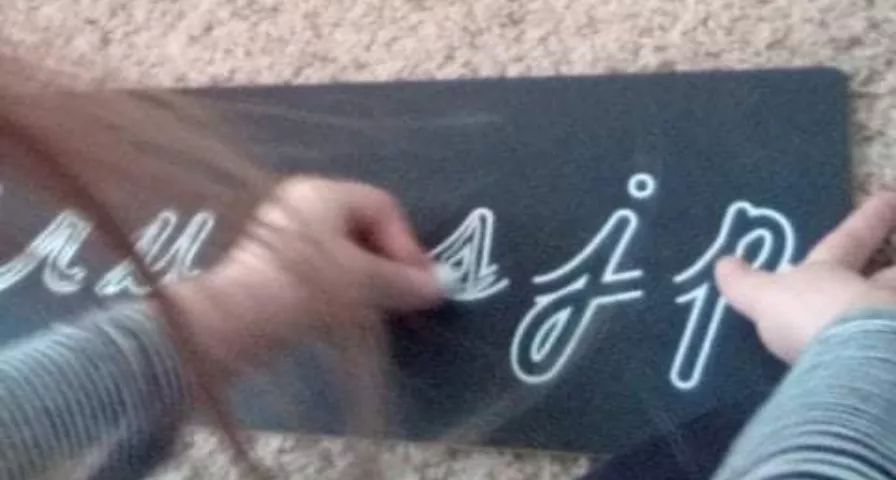
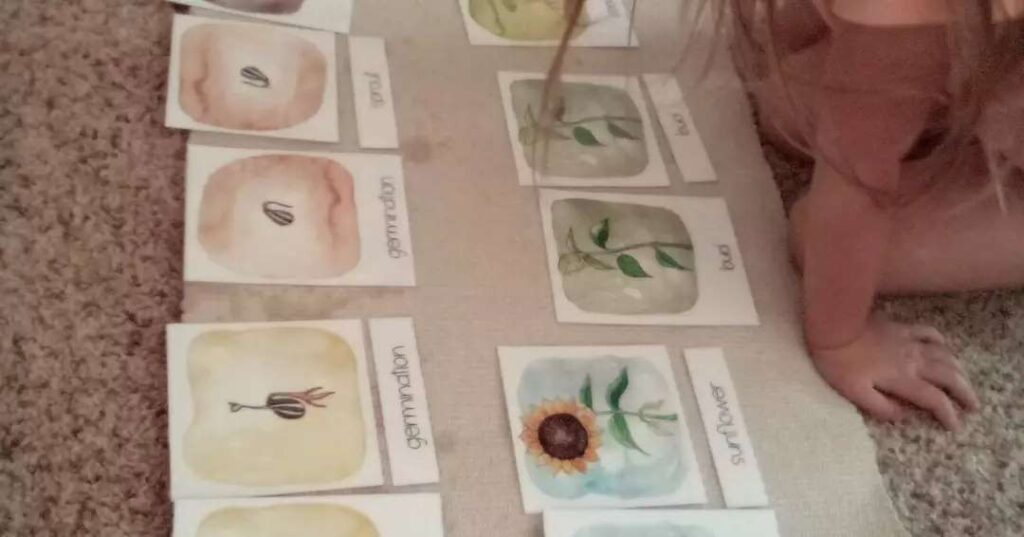
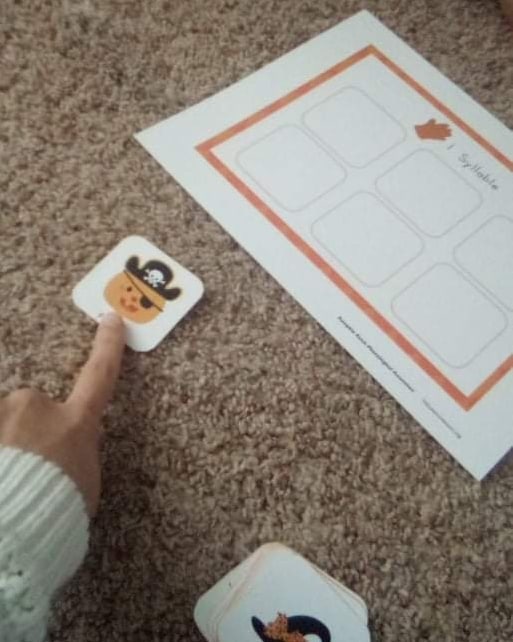
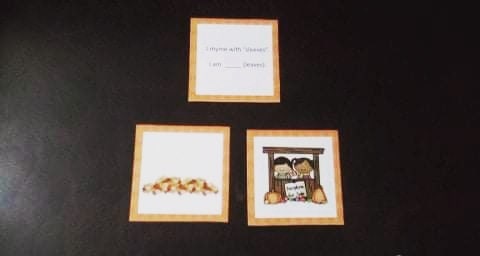
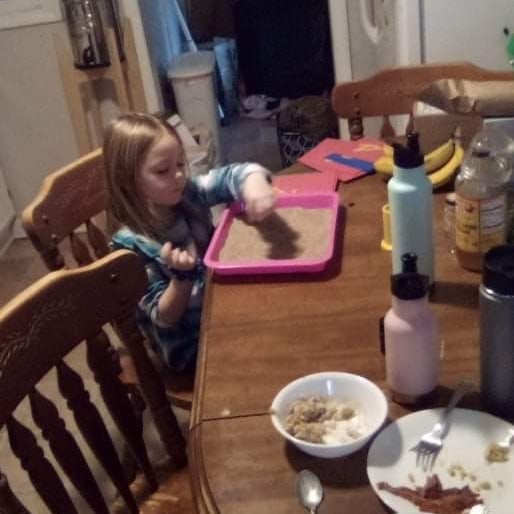
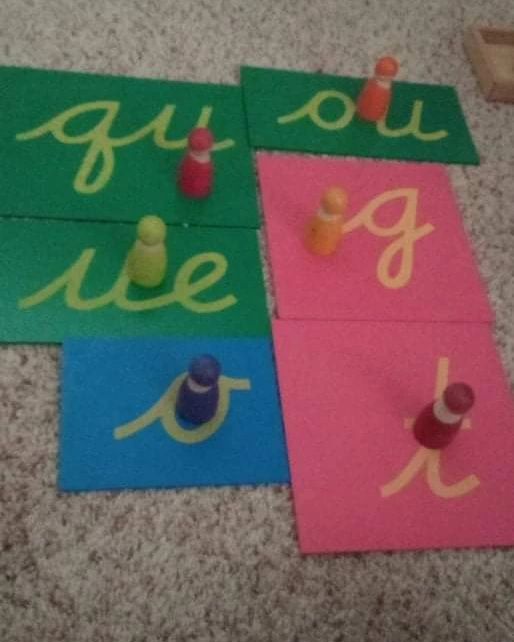
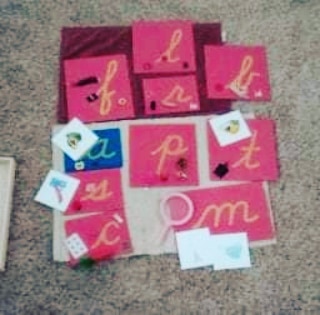
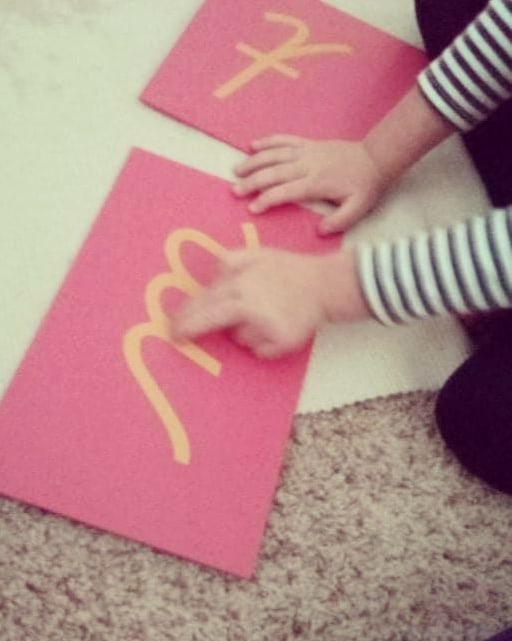
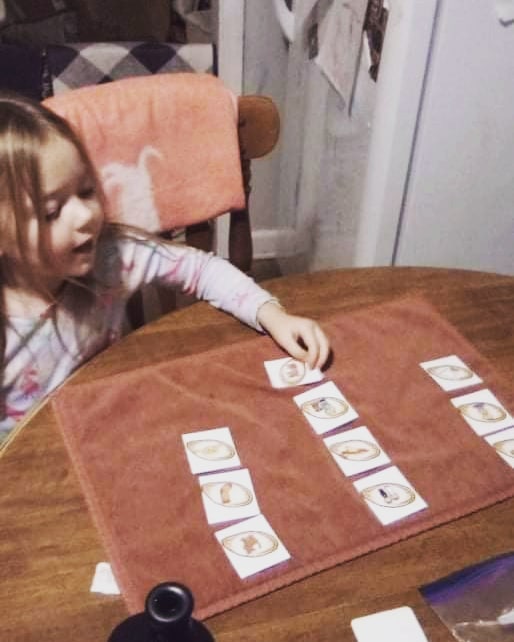
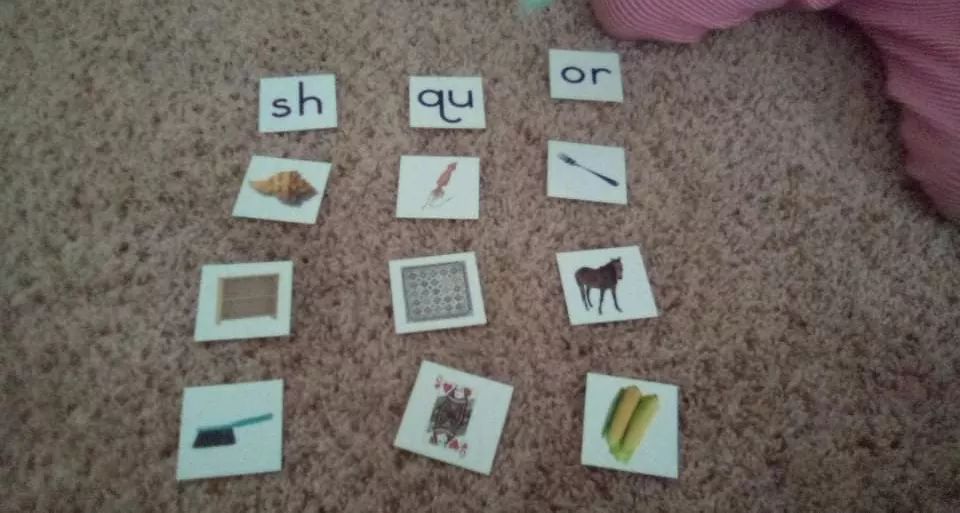
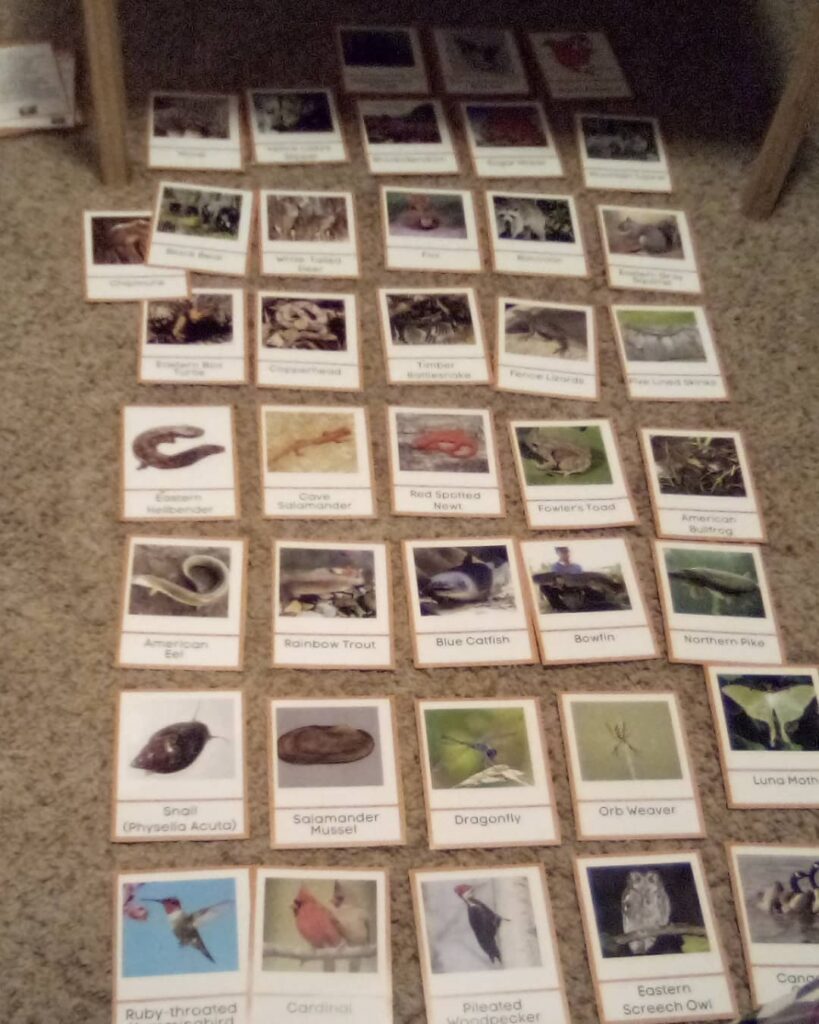
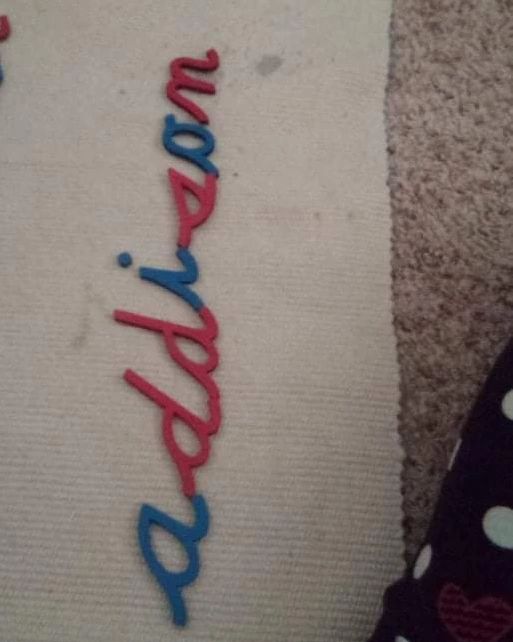
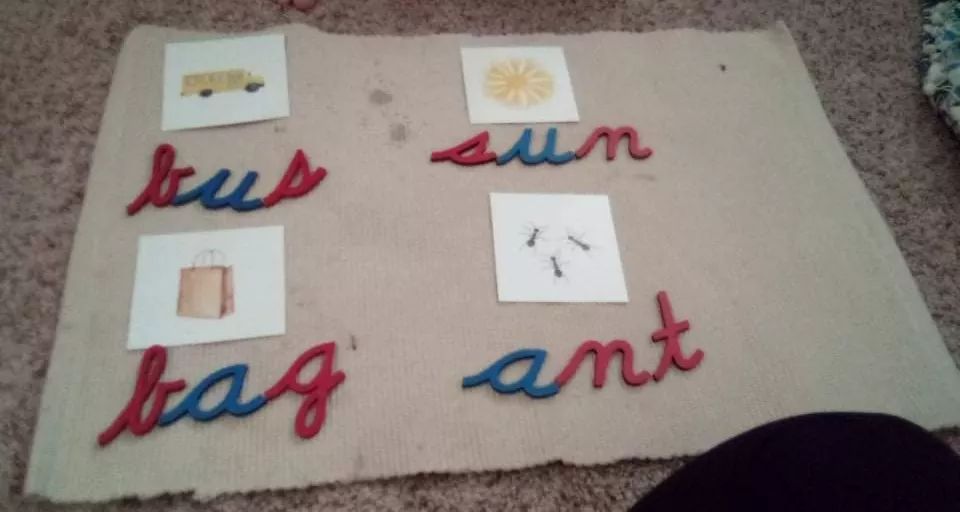
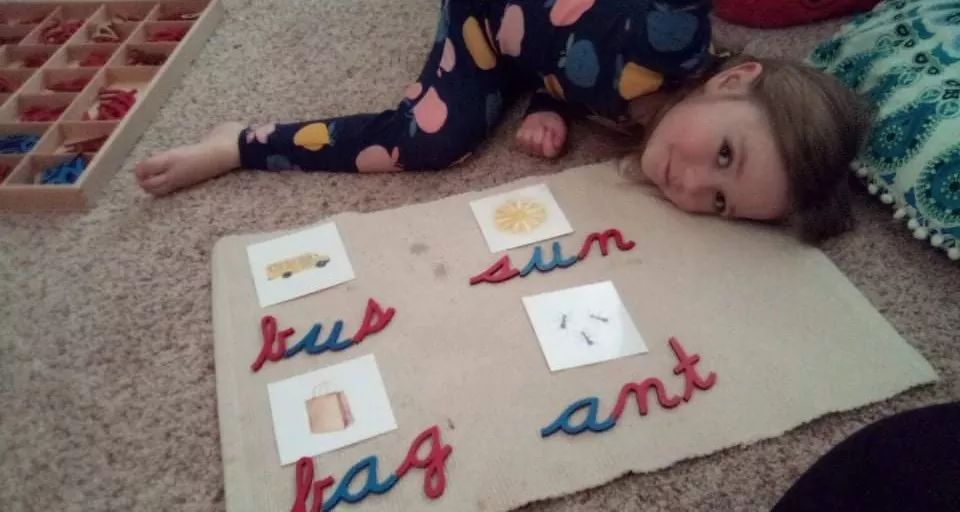
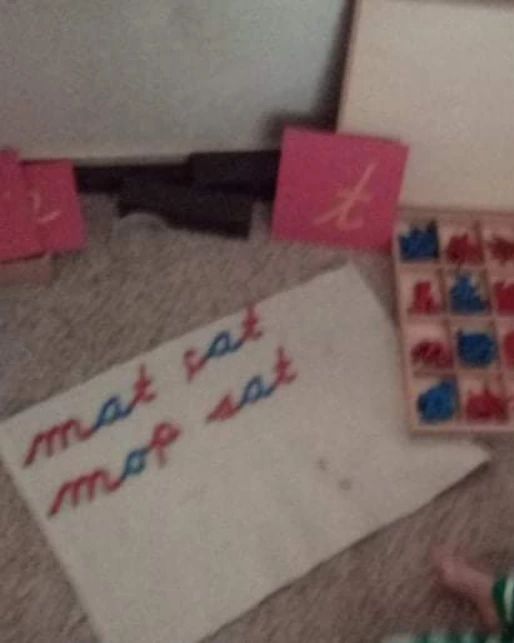
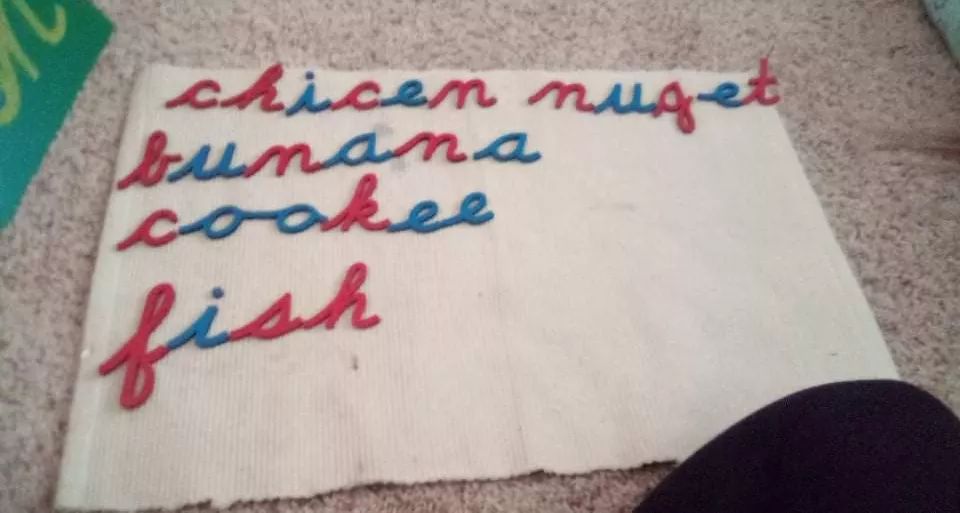
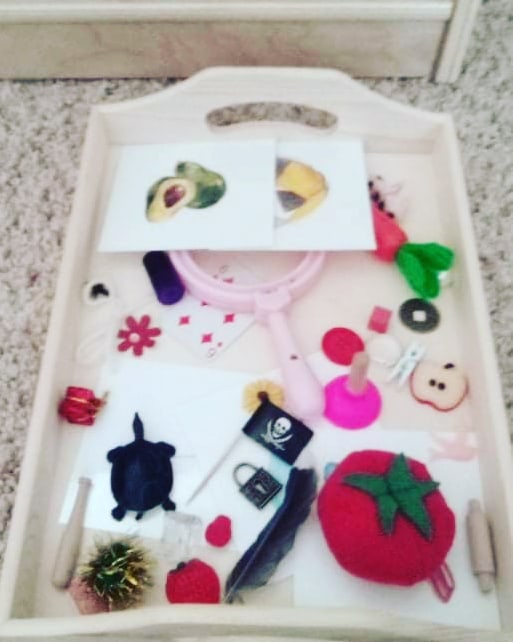
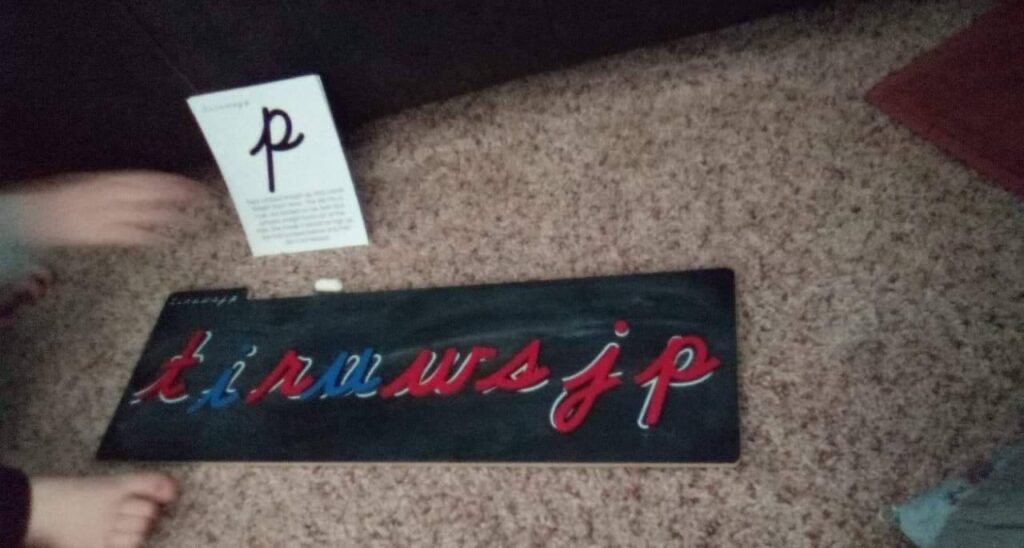
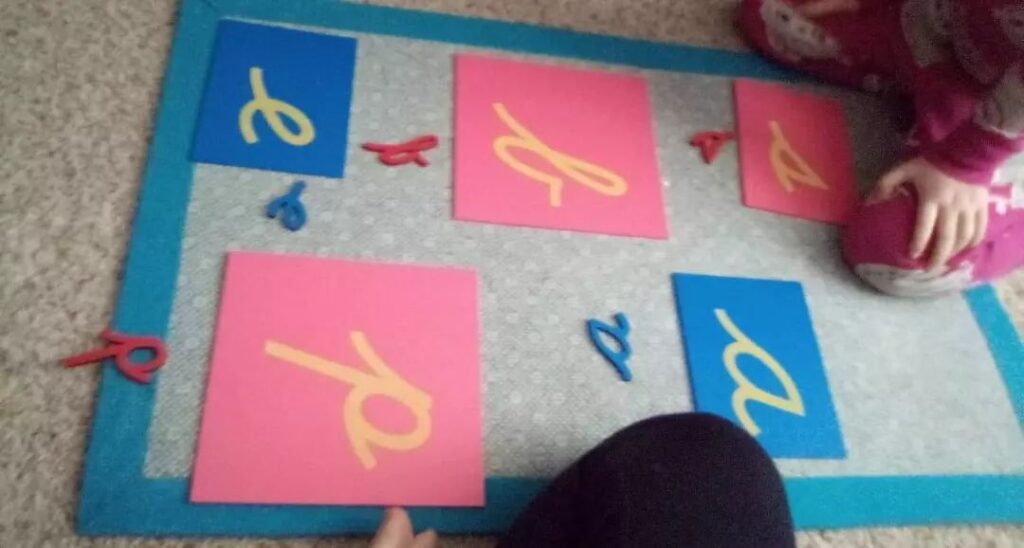
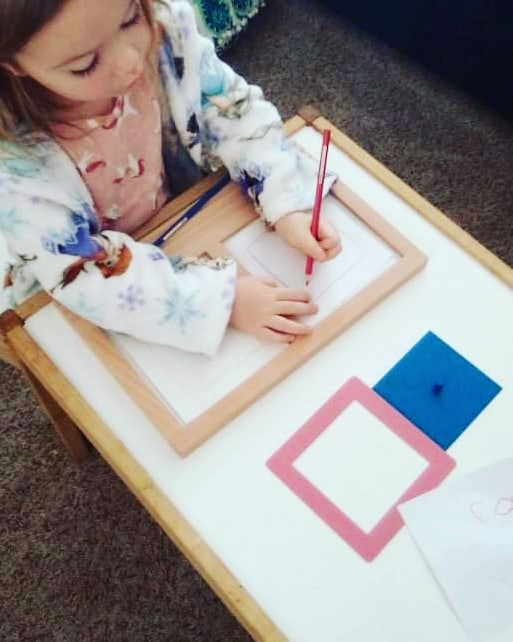
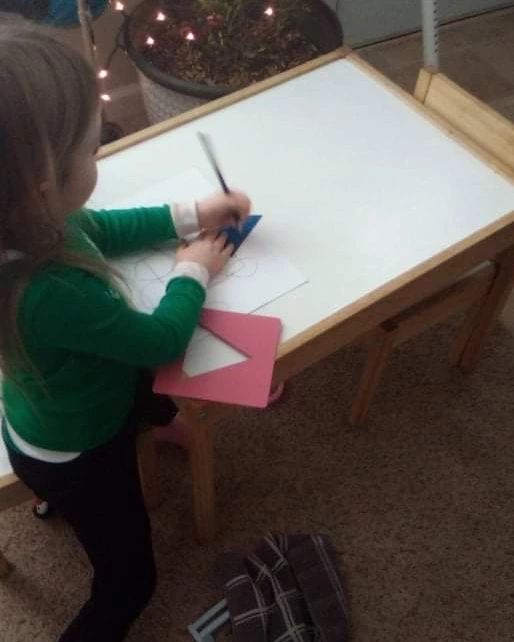
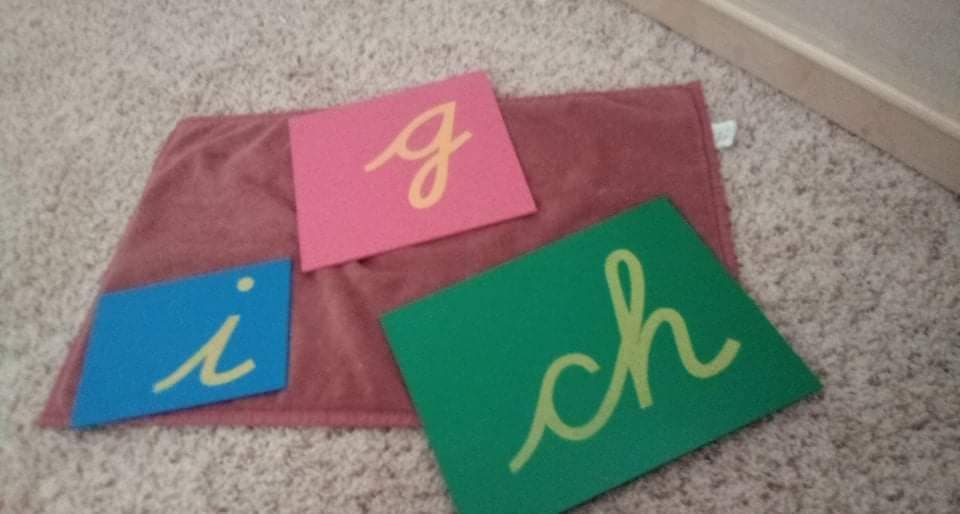
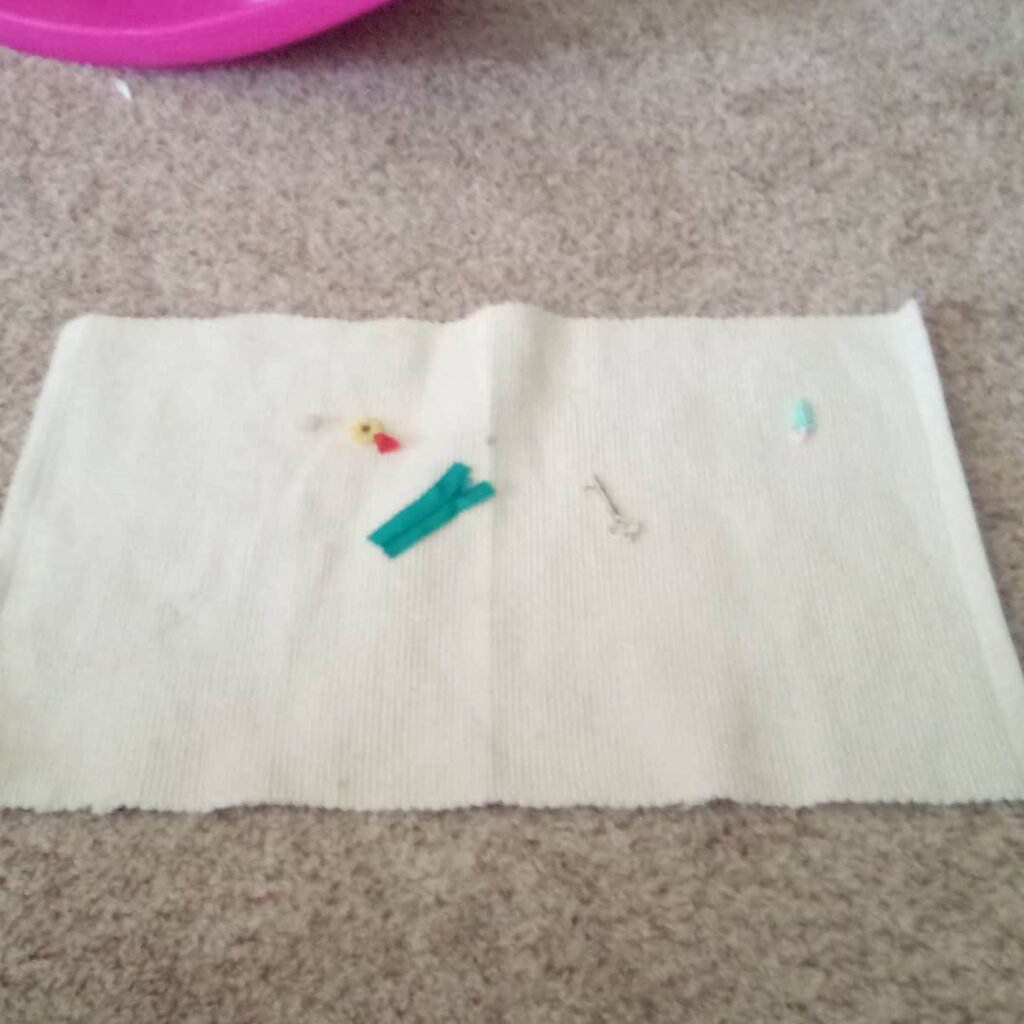
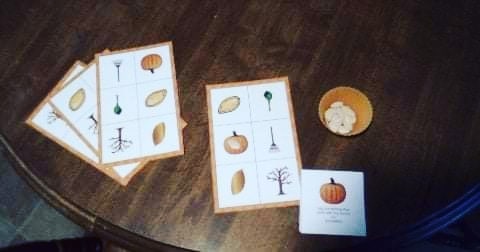
Mathematics
This was the year of beginning math in our Montessori homeschool. We shifted past pre-math work to the math materials. We introduced: number rods, sandpaper numbers, spindles, concept of zero, cards & counters, memory play, intro to golden beads (intro to decimal system), large and small number cards, tens and teens boards (11-99), and the color bead stairs.
Basically what this means (for non-Montessori folk) is that we did a number study of 1-9, explored the concept of 0 concretely, and worked with numbers 10-1,000. In Montessori we start with the concrete (what a number is – the quantity) and move towards the abstract (the number symbol). Addison understands what each number is 0-10 is plus associating them with the correct symbol and is working with numbers 11-99 regularly. She has also been introduced to addition with the number rods, cards & counters, and then the Montessori beads. In addition to these traditional Montessori materials, we have used tens and twenty boards, number clip cards (counting and addition), and the Tiny Polka Dot Game to build math skills.
We do not do any traditional math in “tot school” outside of what she organically encounters in her environment. Right now we are quite language heavy (language explosion and talking are her focus) but she loves to “count” like sissy does when playing hide and seek and observes her lessons so she gets that organic exposure in addition to the natural way math is simply a part of our every day life.
Here’s a look at some of our math work this year:
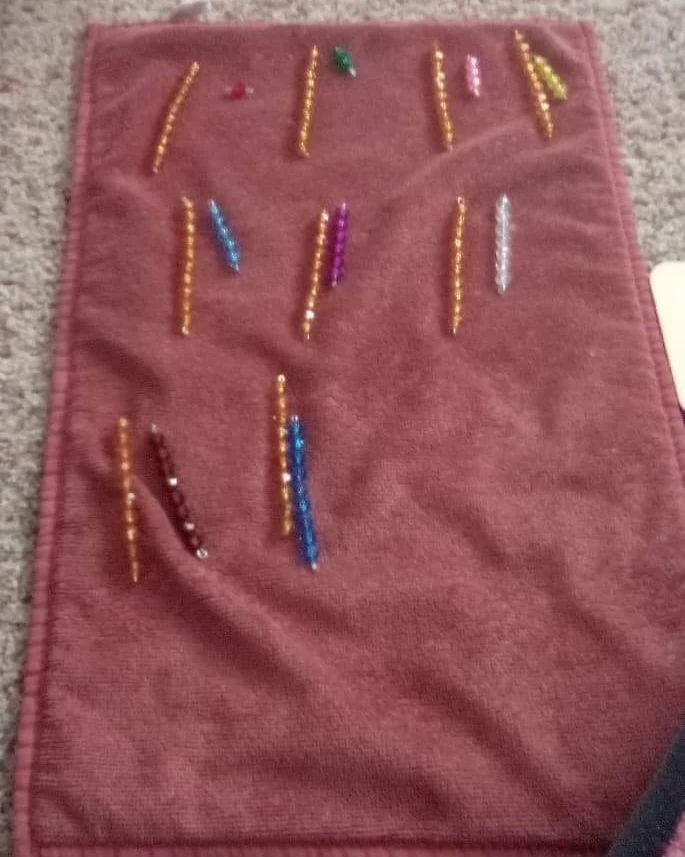
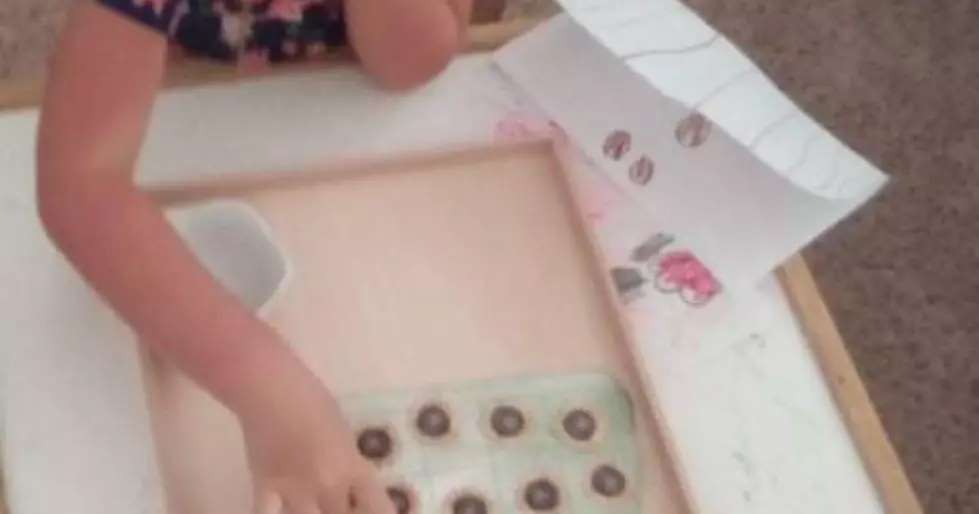
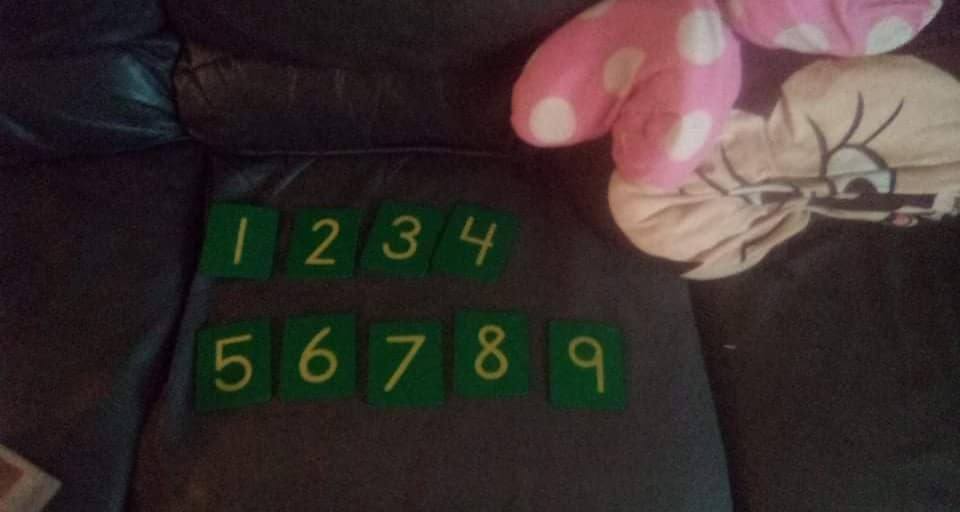
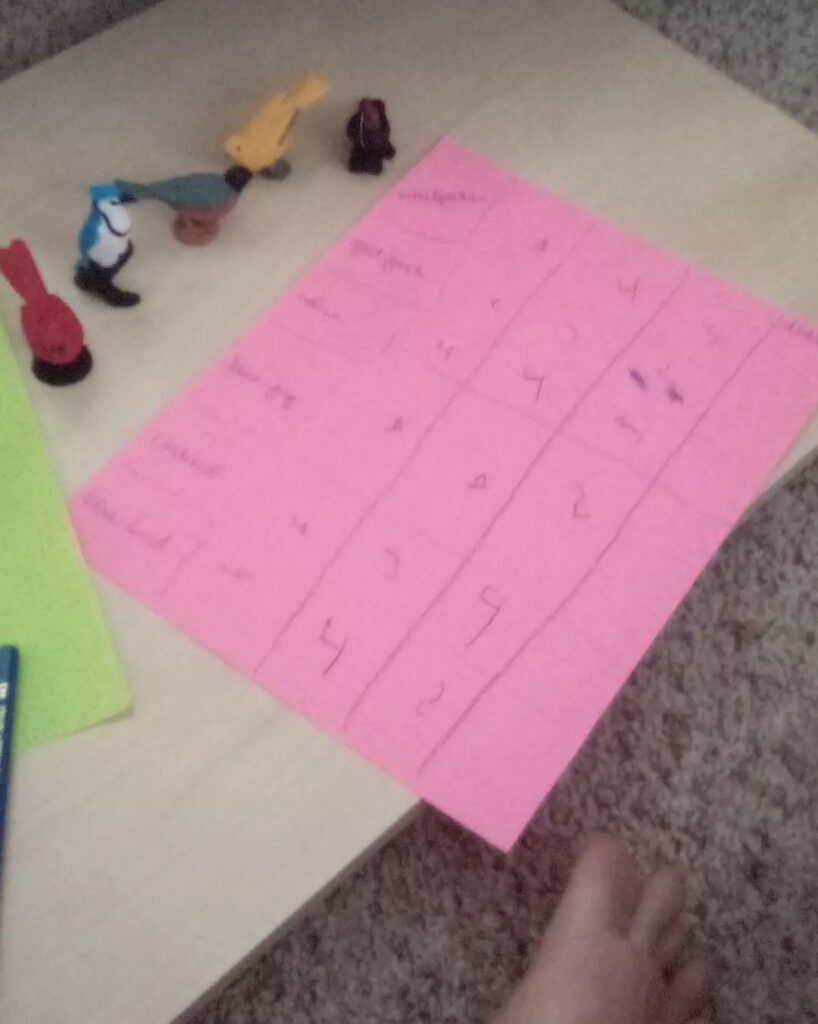
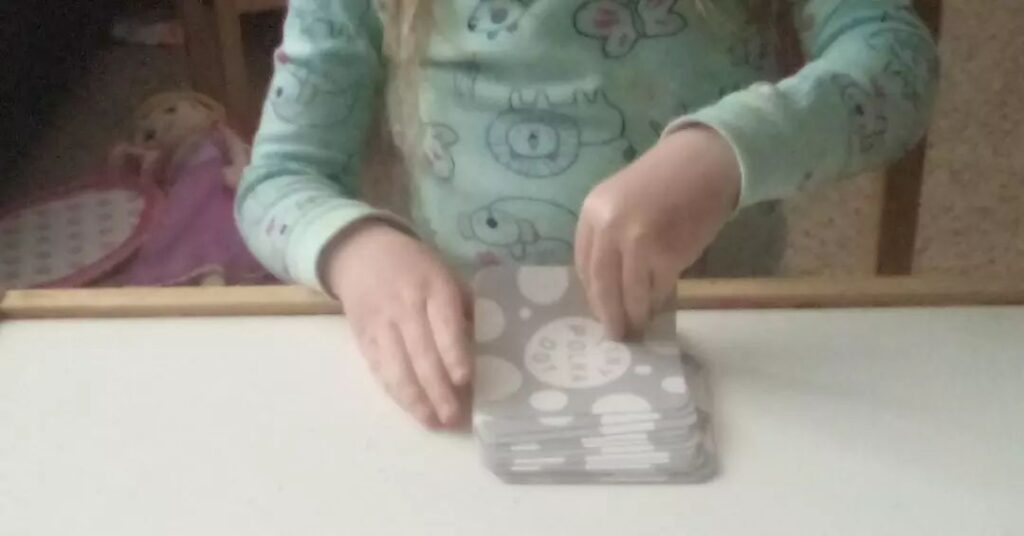
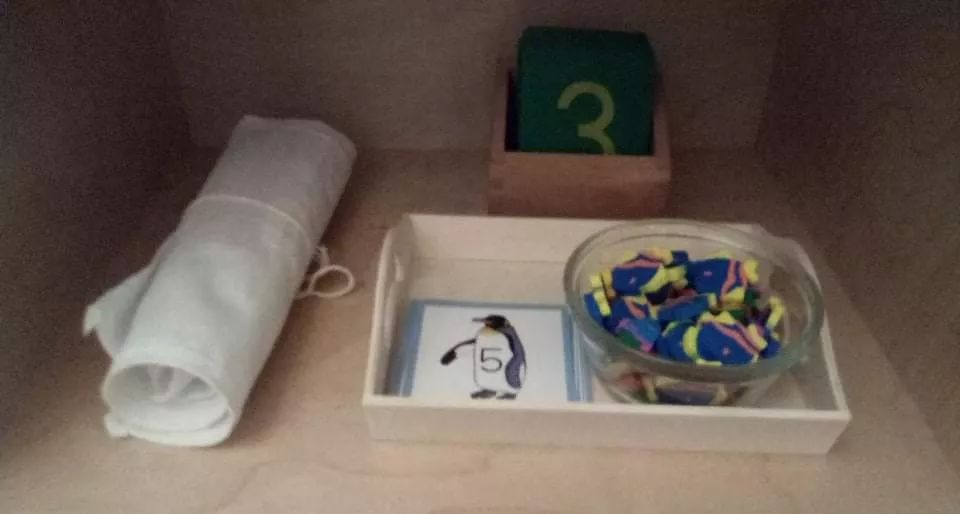
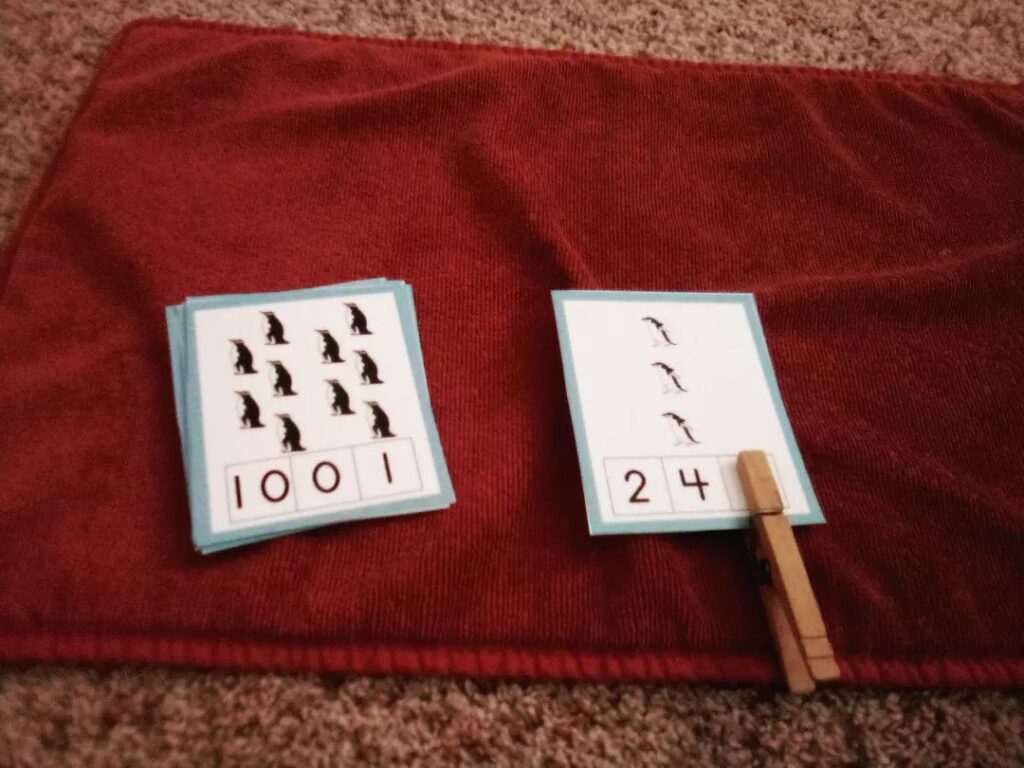
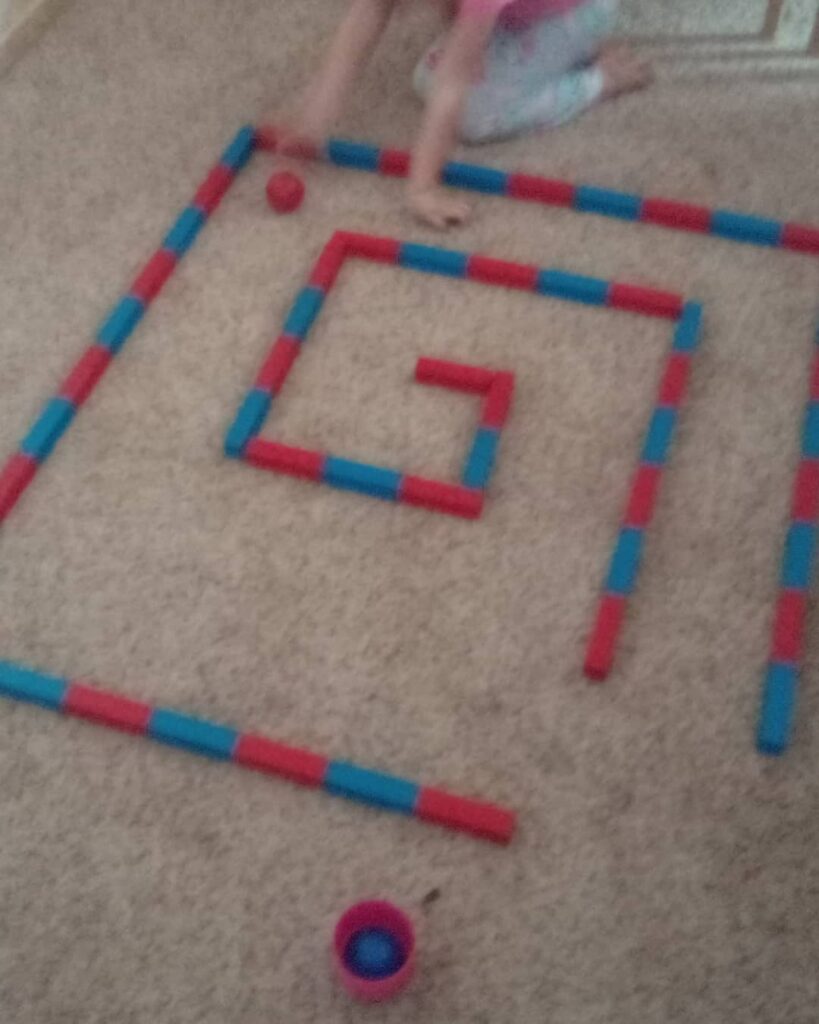
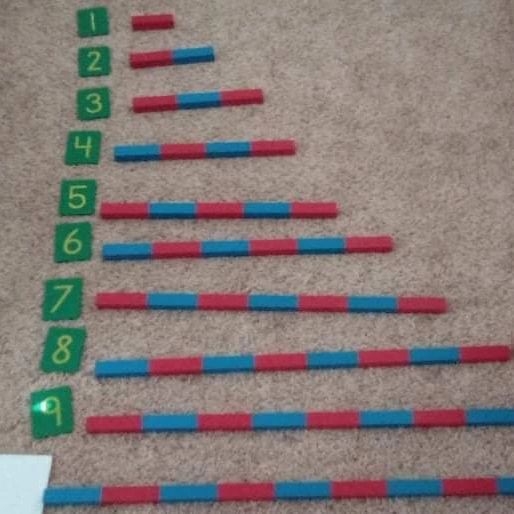
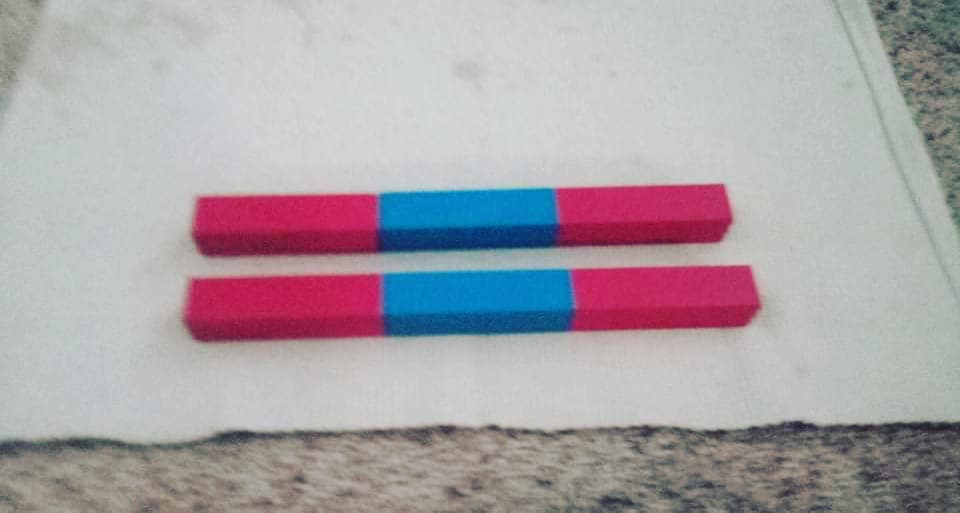
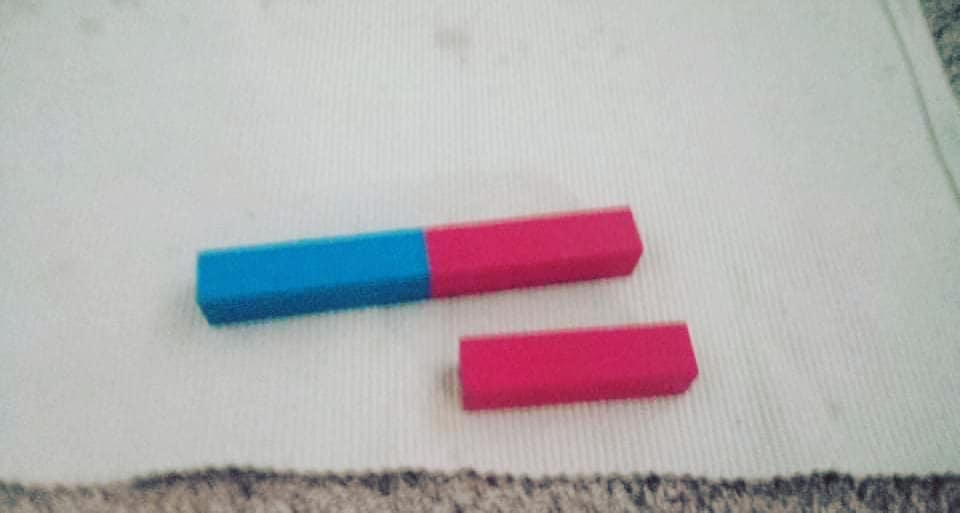
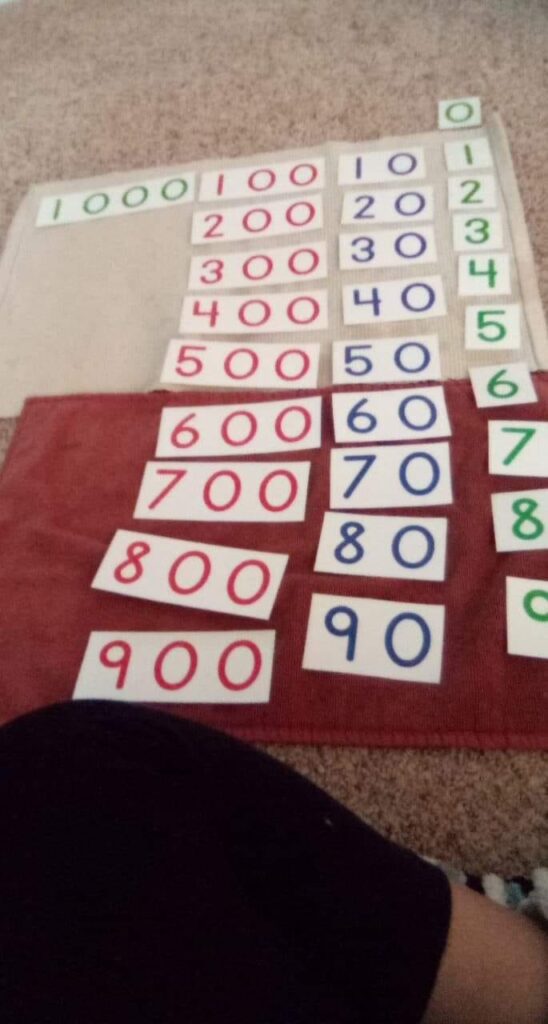
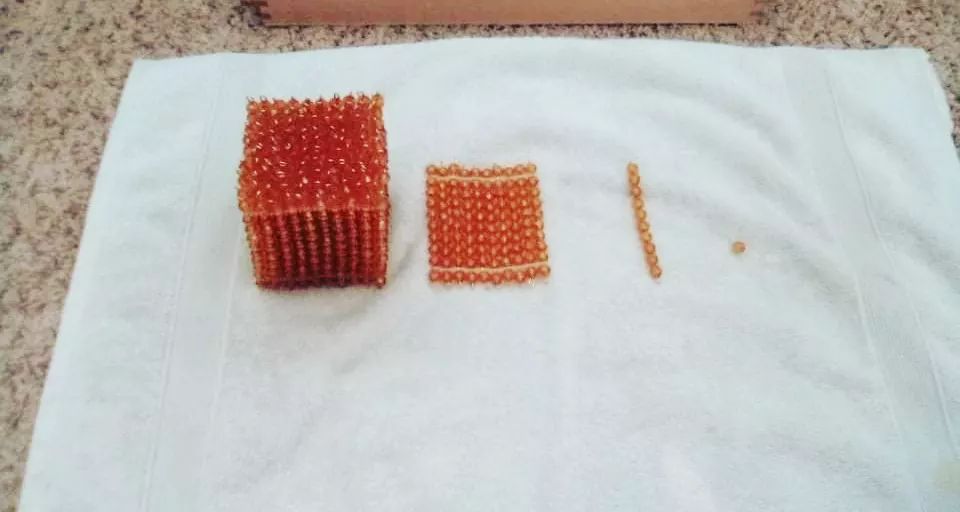
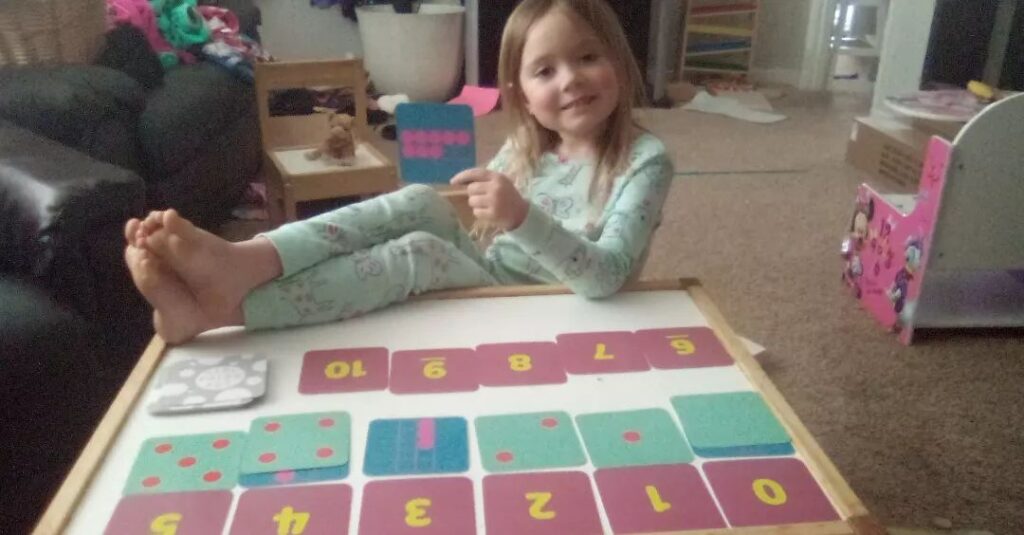
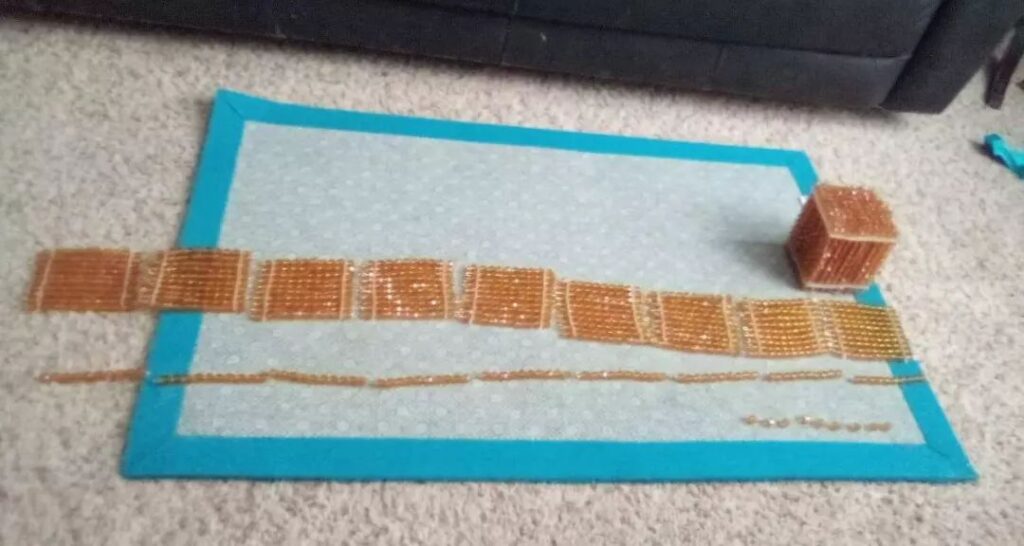
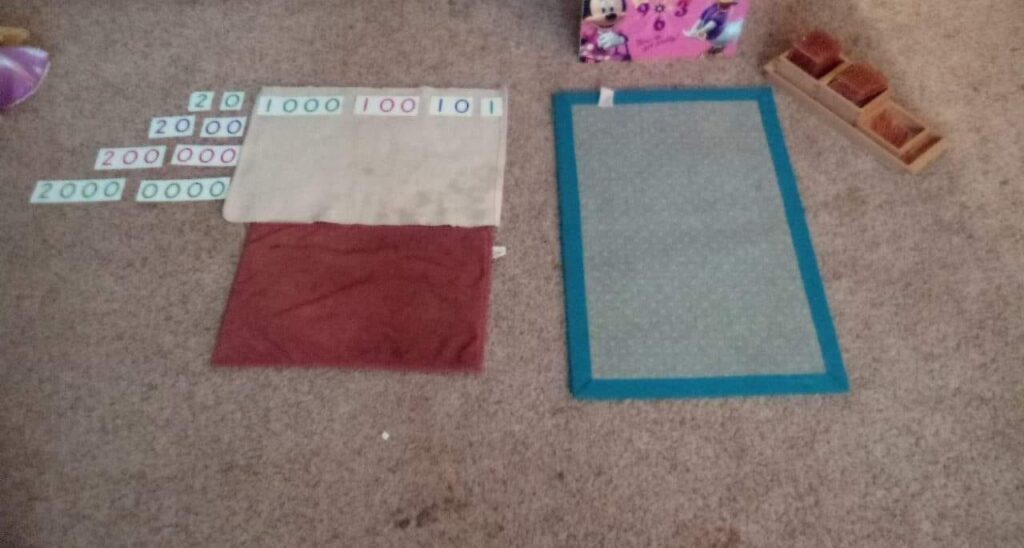
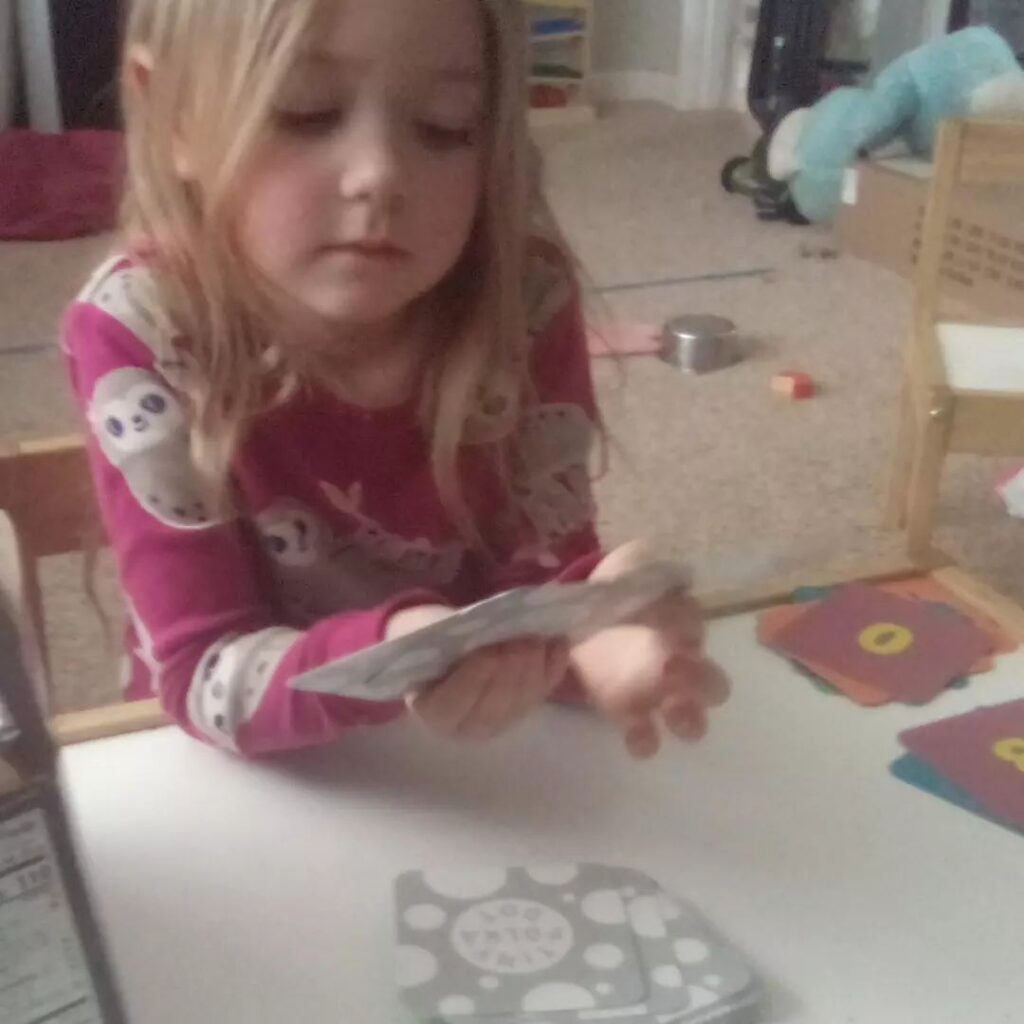
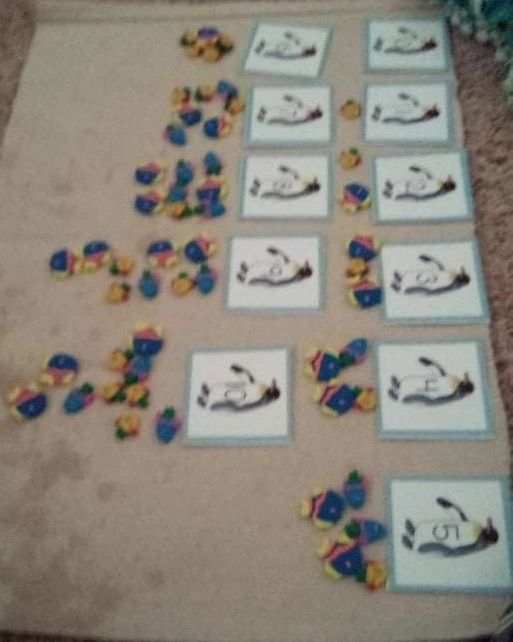
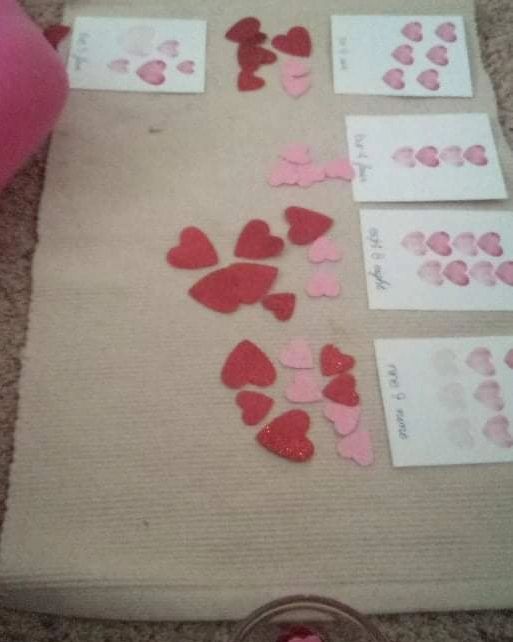
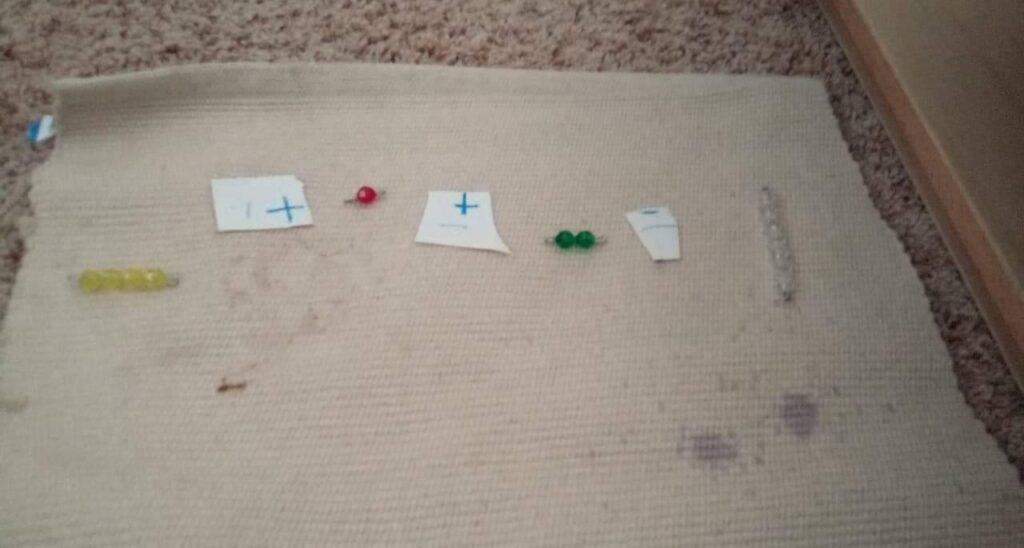
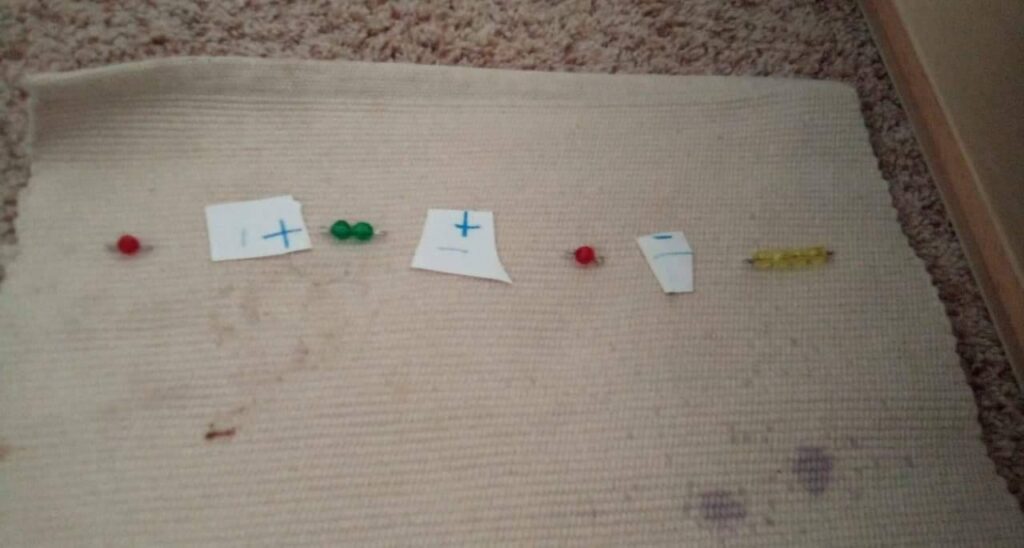
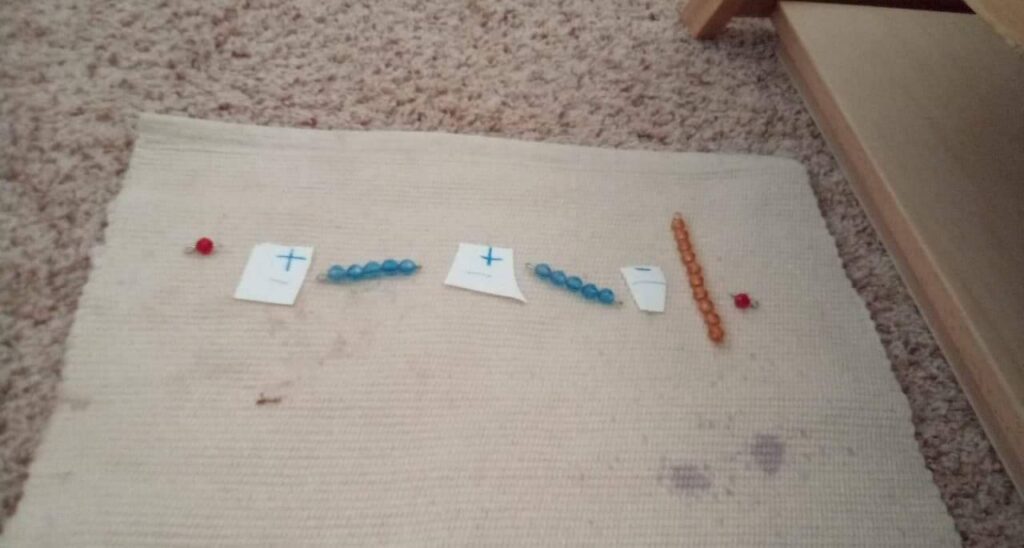
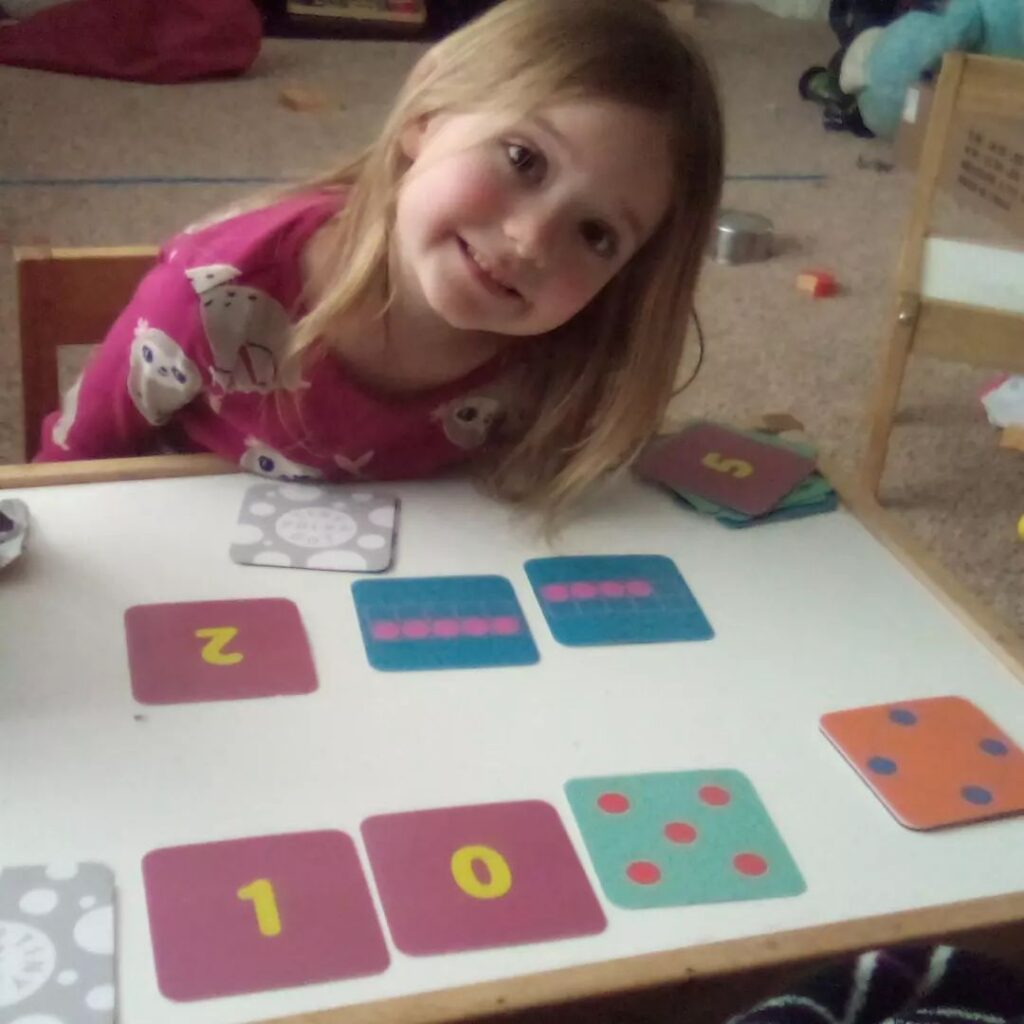
Cultural
Cultural is a broad subcategory of language in Montessori 3-6. Since it encompasses so much, I have given cultural it’s own category. The cultural category includes: art, dance, music, geography, history, science (physical, biology, zoology, botany), peace curriculum, and Bible.
Art
Art in Montessori Primary is very child-led. Not structured in the way we might think of learning to “do” art or in a “preschool art” sort of way. What I mean is that you wont see teacher’s (at home or in the classroom) giving lots of formal instruction and requiring a specific product. You also wont see a lot of cookie cutter crafts. These are often more work for the adult than the child because they aren’t developmentally ready to complete the tasks. What you will see if an array of art materials available for the child to use when they choose and the child seeking more structure when interested (for example my daughter loves How to Draw X Videos or Printables and has chosen to do a watercolor class).
A lesson proceeds each art material (just like the Montessori materials) on how to prepare, use, and clean up from that material. The child can then freely select that art material during the work cycle. In the 2nd and 3rd year of Montessori you will begin to see metal inset work (which overlaps with language – great pre-writing work! Train that hand!) and examples of drawings or sequencing to show how to draw something. But the child isn’t required to draw it a certain way or at all. It is there as an option. In the Montessori Primary Classroom, you will also see beautiful art incorporated into the environment, brought out as a part of units or themes, or even as themes themselves. You will see nature journaling and recreating the art of the environment (something similar as it is used as inspiration).
In our home, we have art shelves with materials that are available for both girls and then we have a few materials that must be asked for. This changes based on how the girls are treating the materials and if the tot should be able to have access to a material freely or not. She can now fully access everything on the shelves so scissors often have to be up high or on a shelf that is not available to her out of work cycle.
We also did five art studies (as part of other units, brought art into each unit (continent studies, seasonal, animals, etc.) that can be enjoyed, recreated, or simply act as inspiration to create something else whether it be art or writing. My oldest daughter also chose to sign up for a watercolor class at a local college this year and learned from an experienced artist.
Here’s a look at some of the art that filled our home this year:
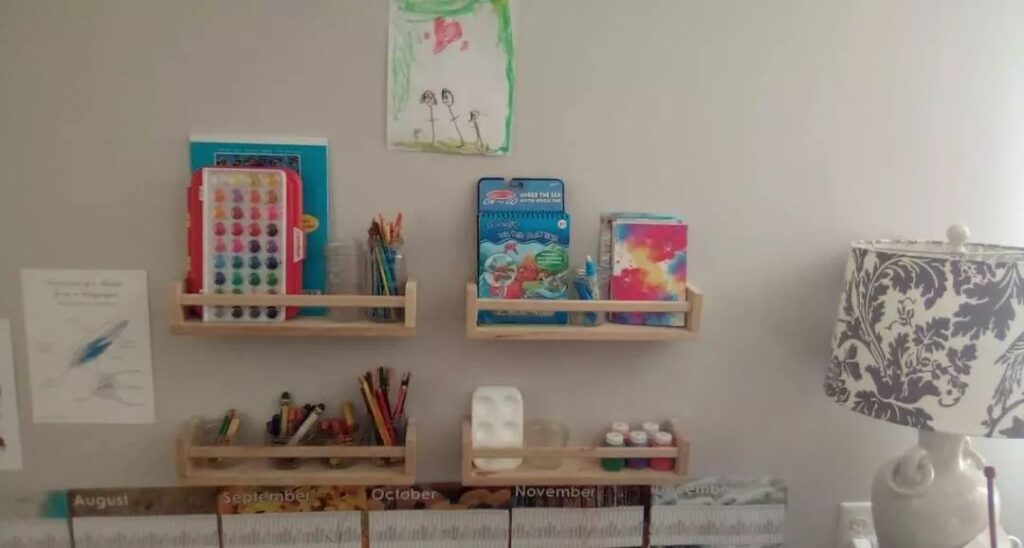
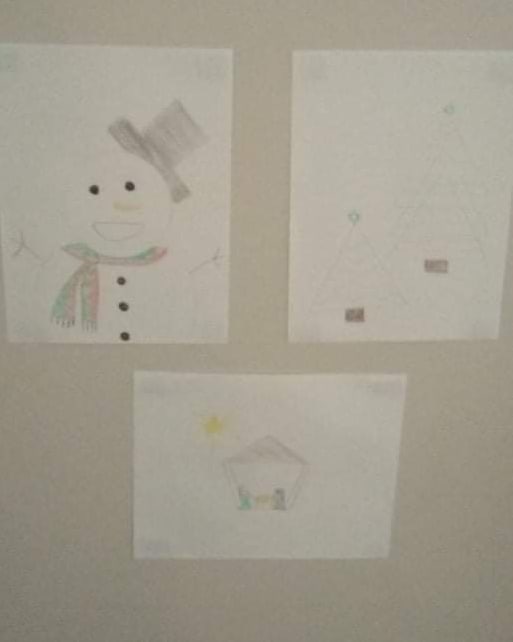
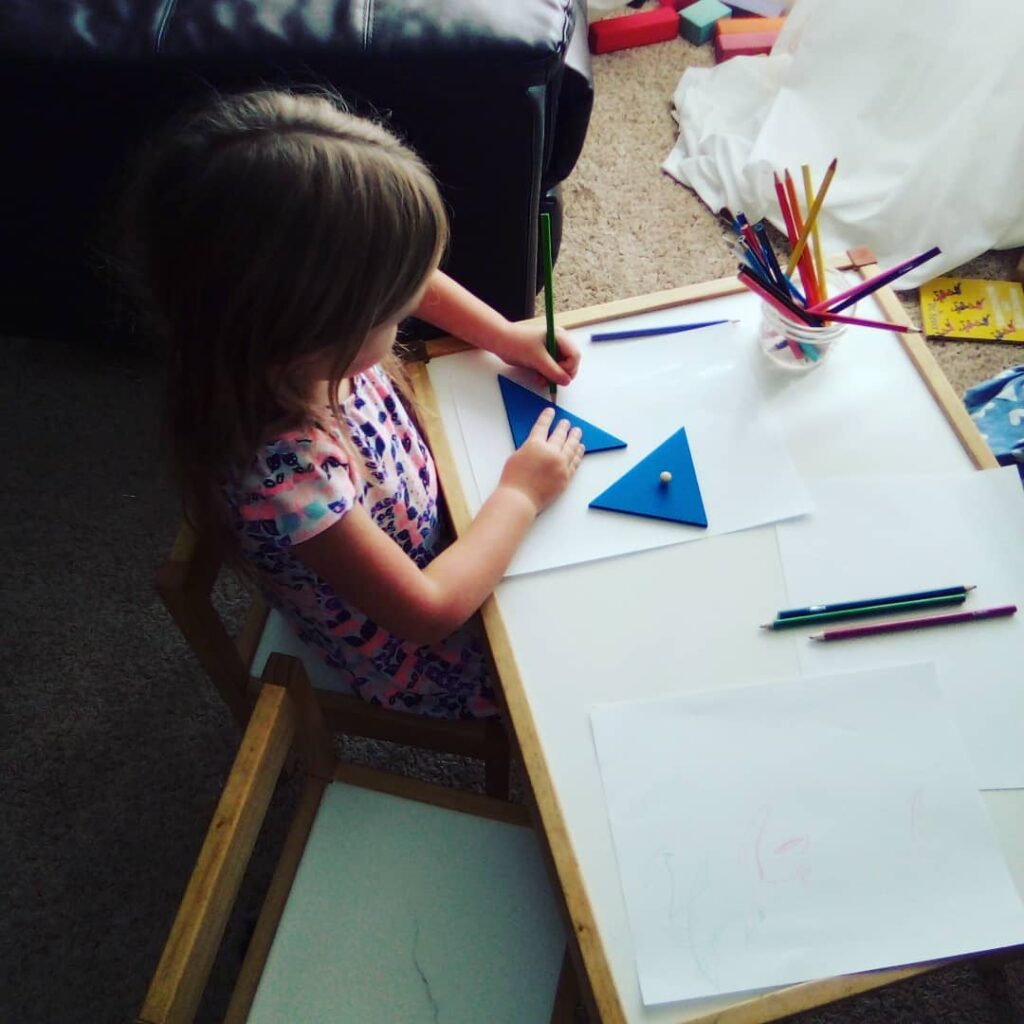
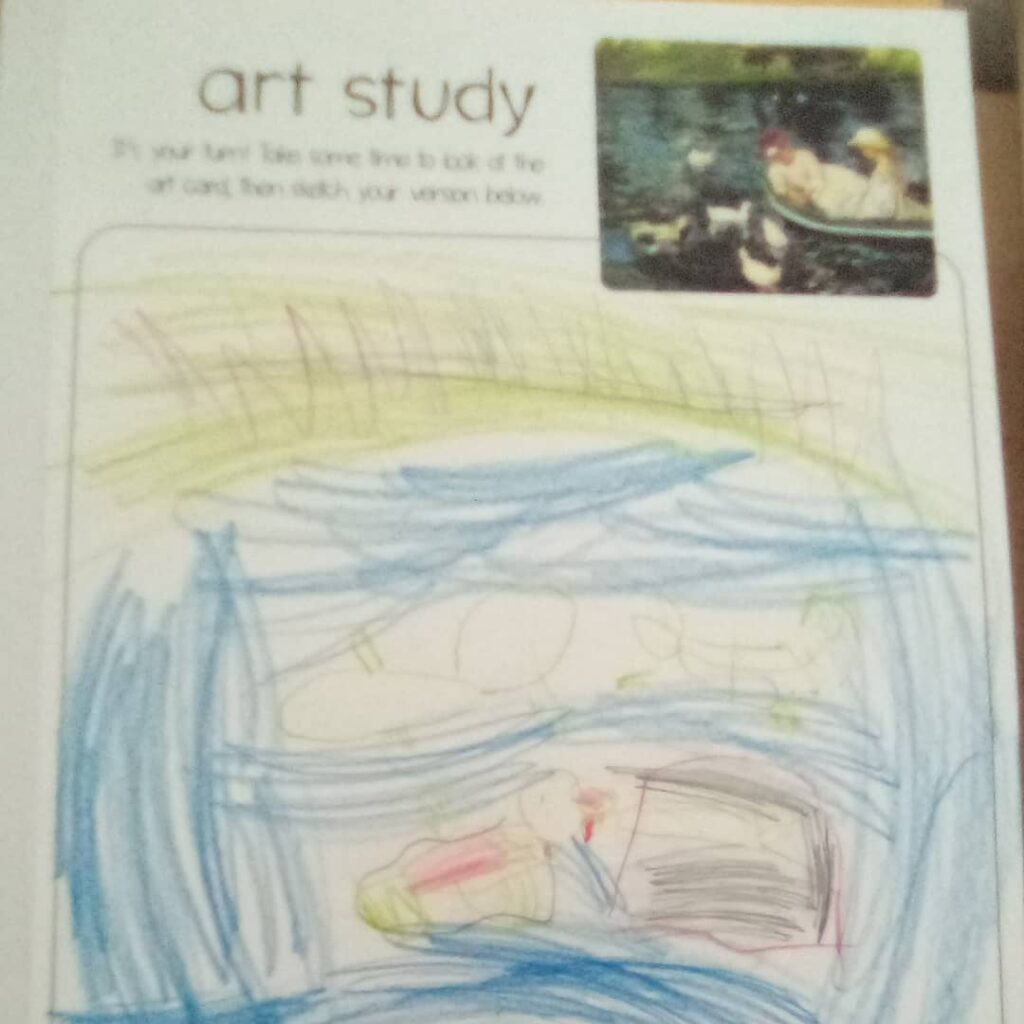
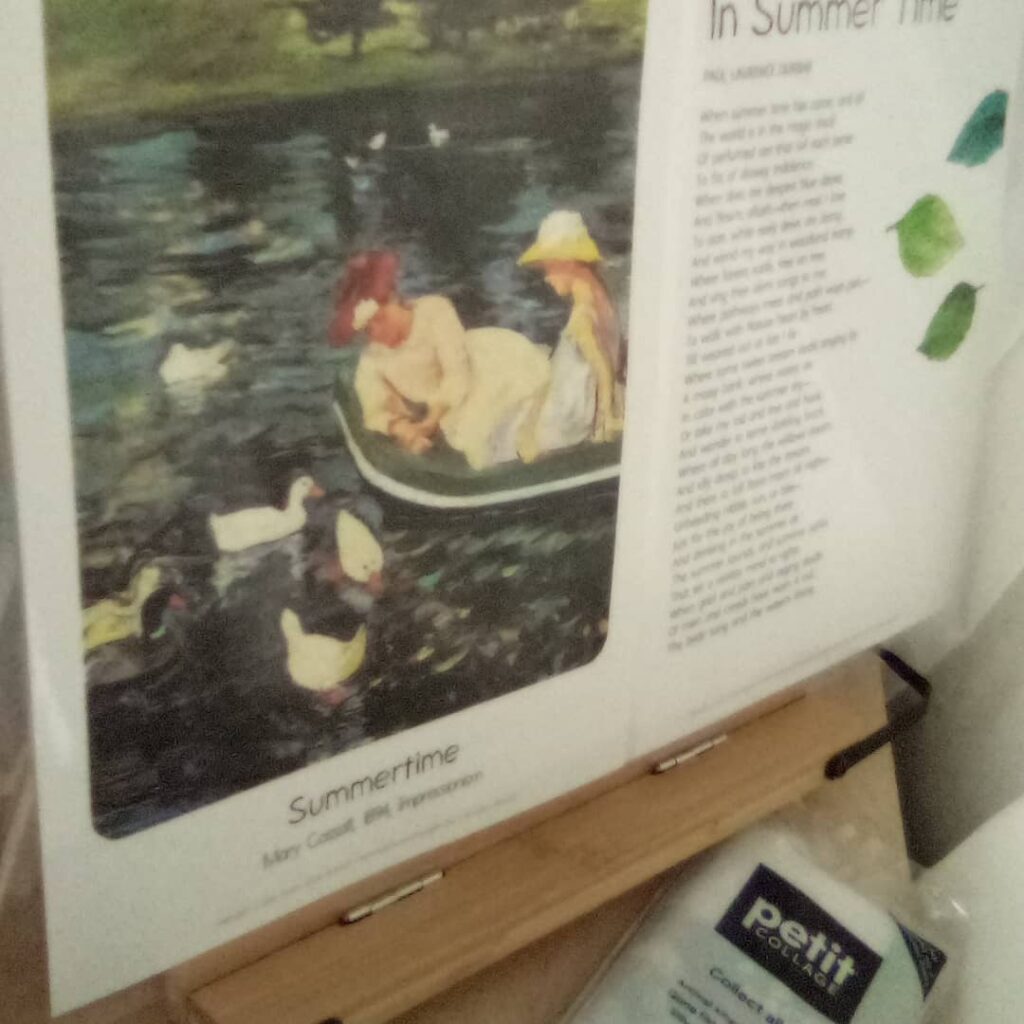
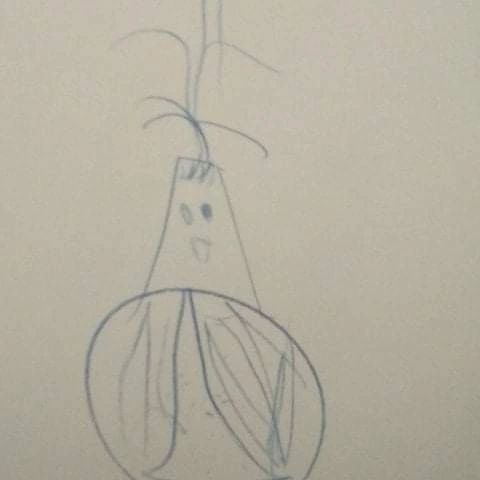
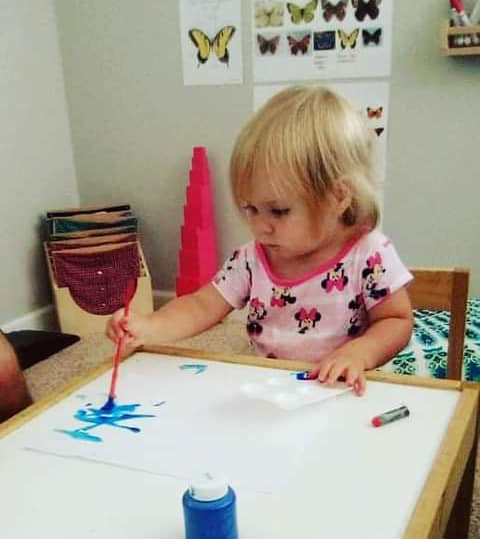
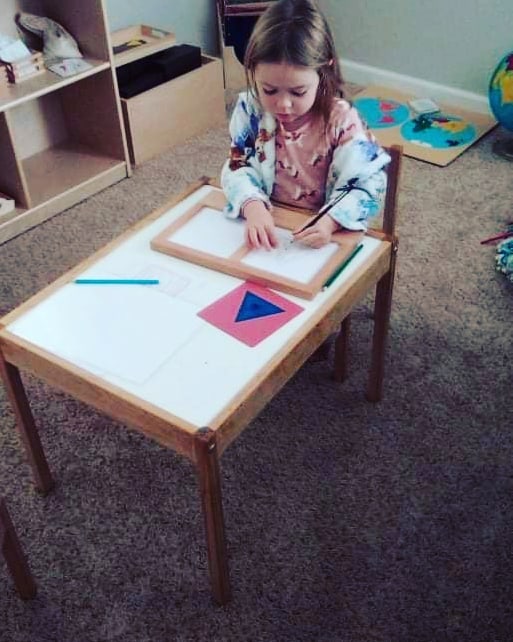
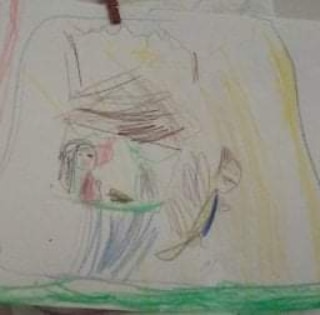
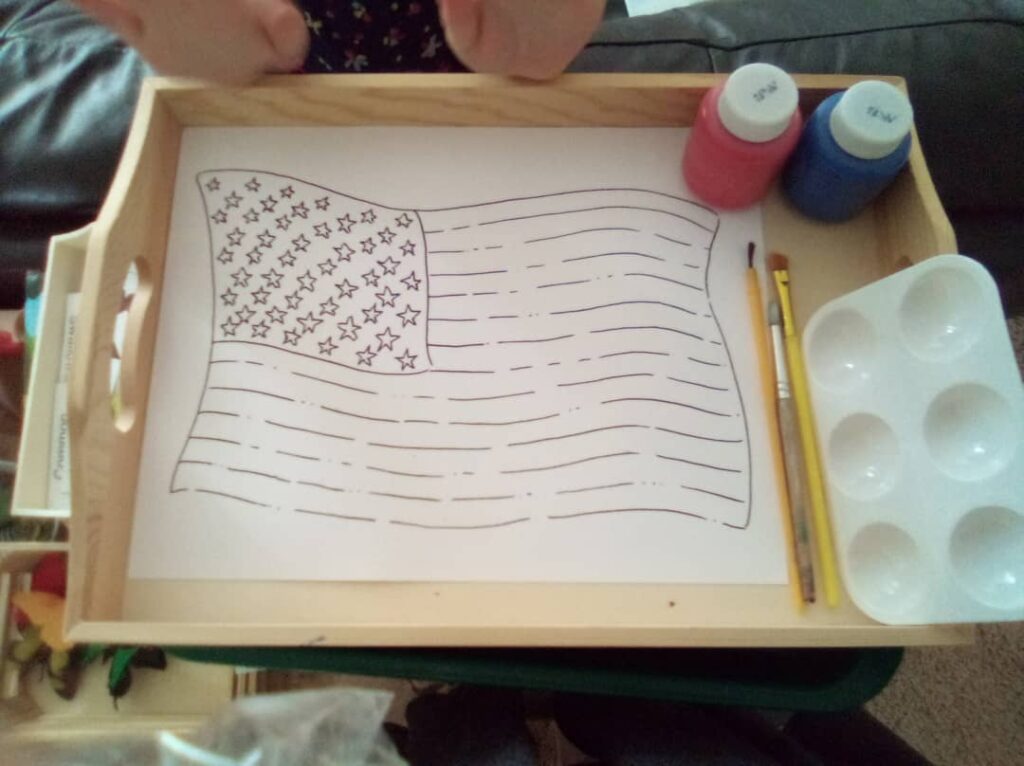
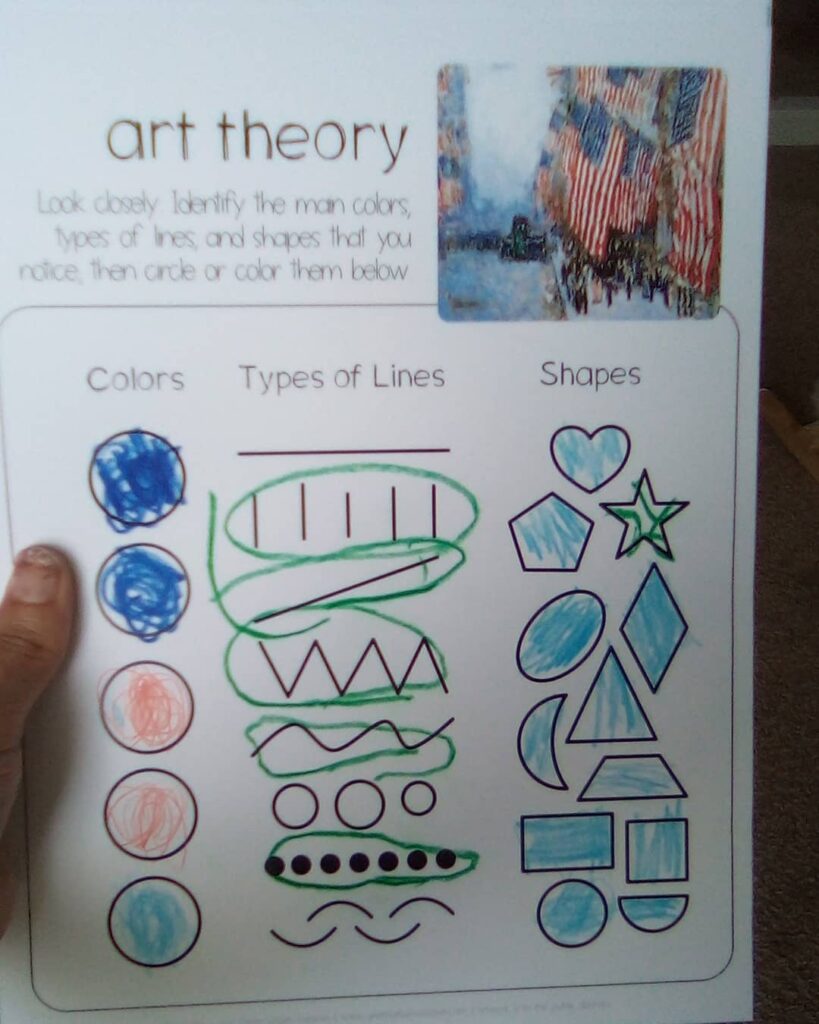
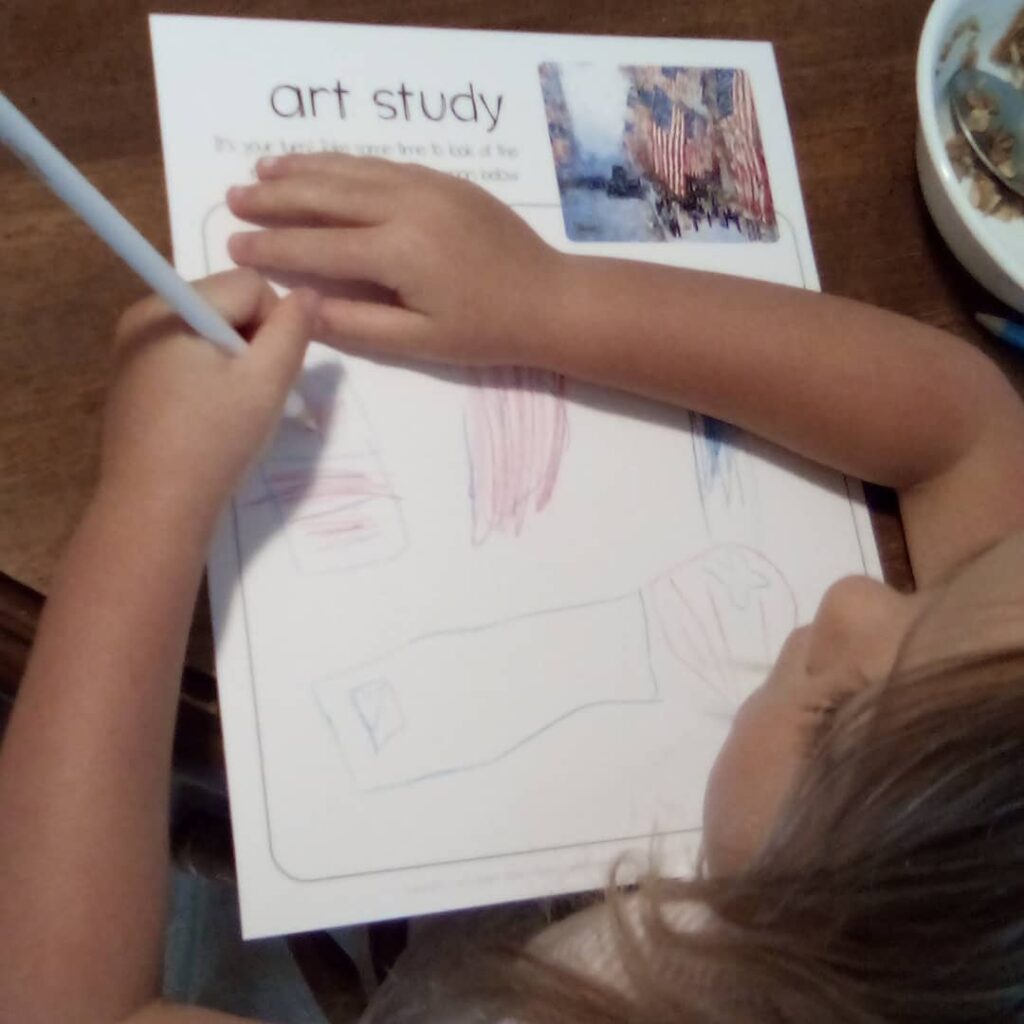
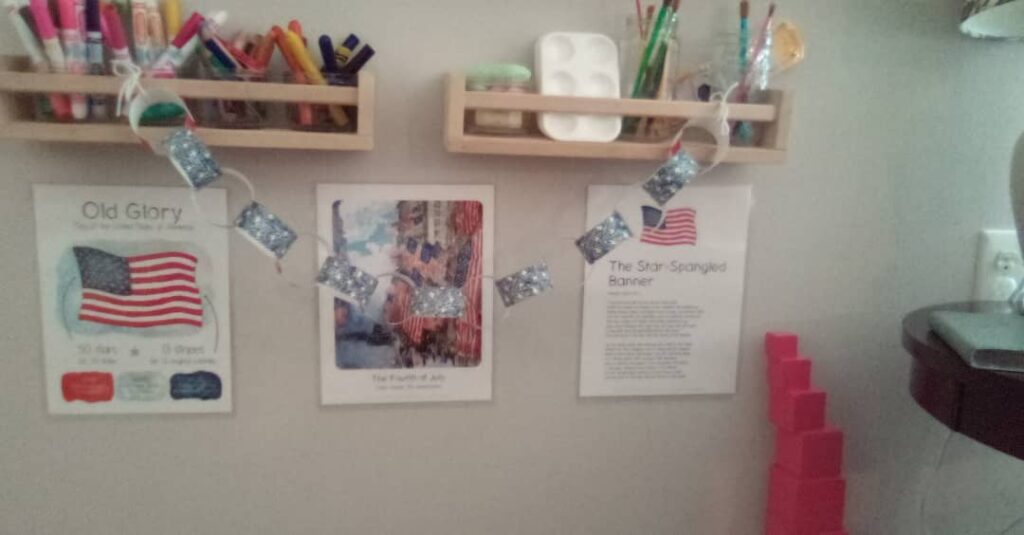
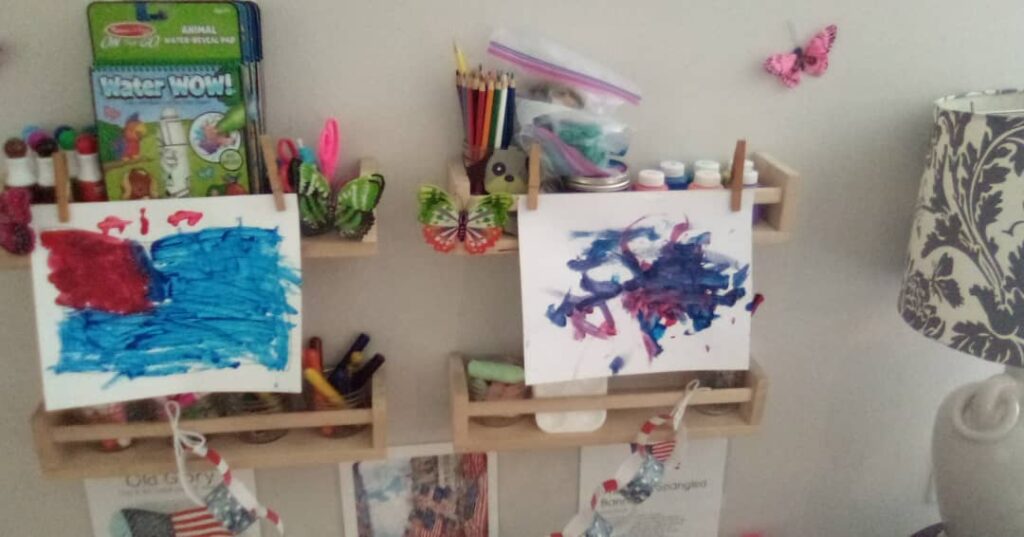
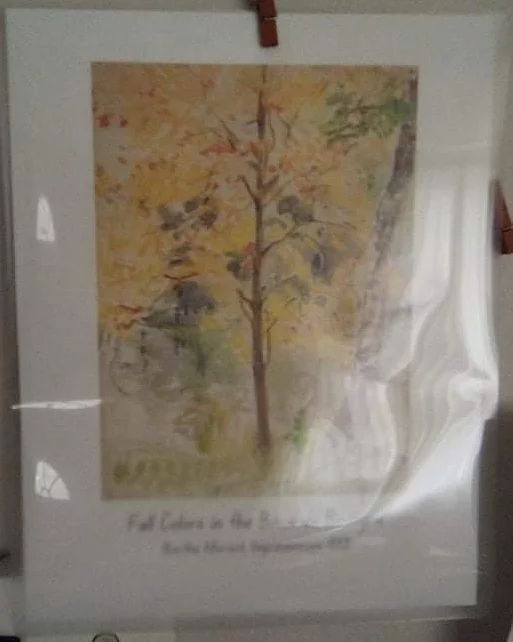
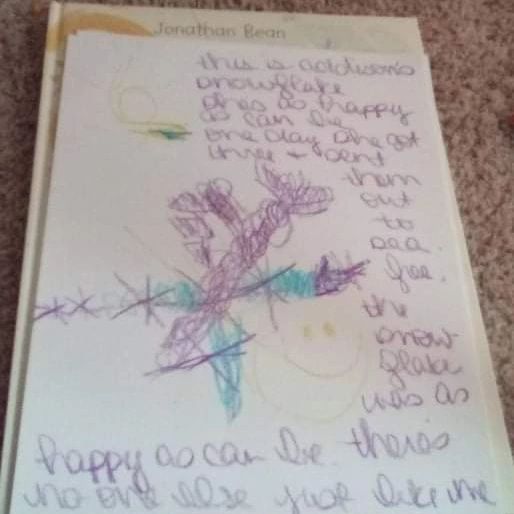
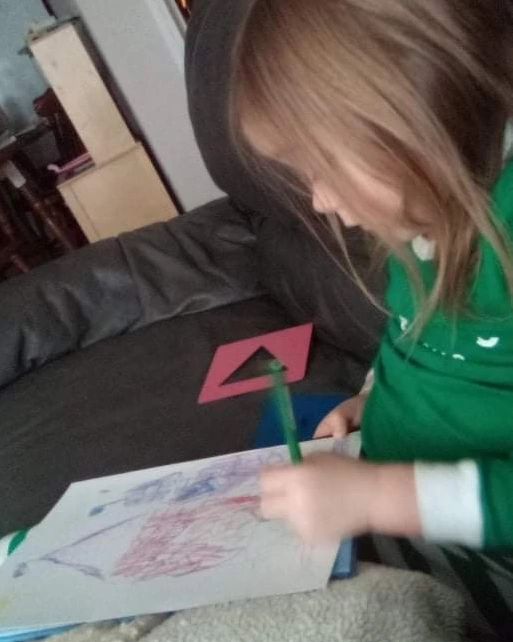
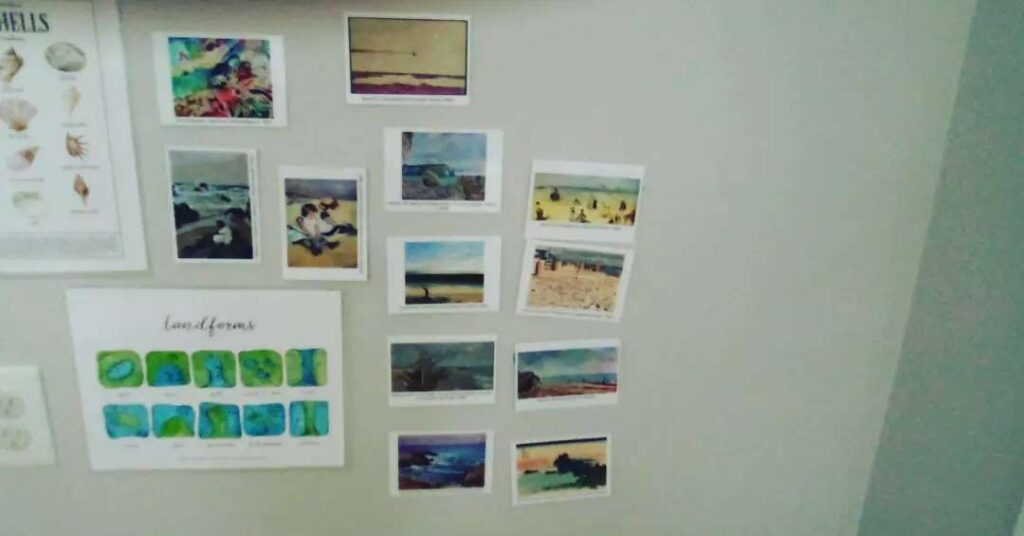
Music & Dance
We do lots of singing and dancing in our home. We sing songs that help us learn, songs that are just silly and fun, songs of worship, and songs that are just a part of the culture around us. We have listened to and explored many different genres, instruments, and create freely. We do a lot of free dance in the home and our oldest has chosen ballet/tap as her activity outside of the home. This is her second year dancing.
Here’s a little look at some of the music and dance in our home:
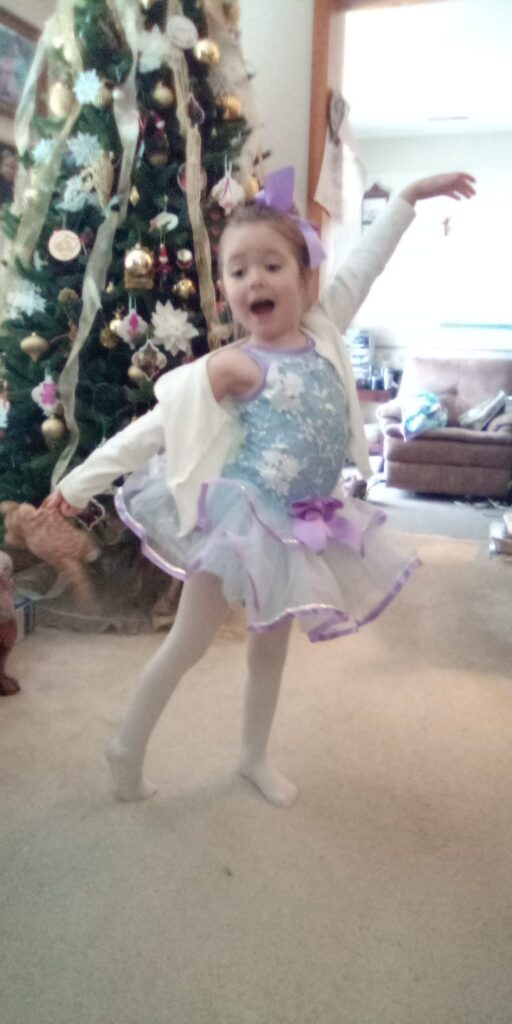
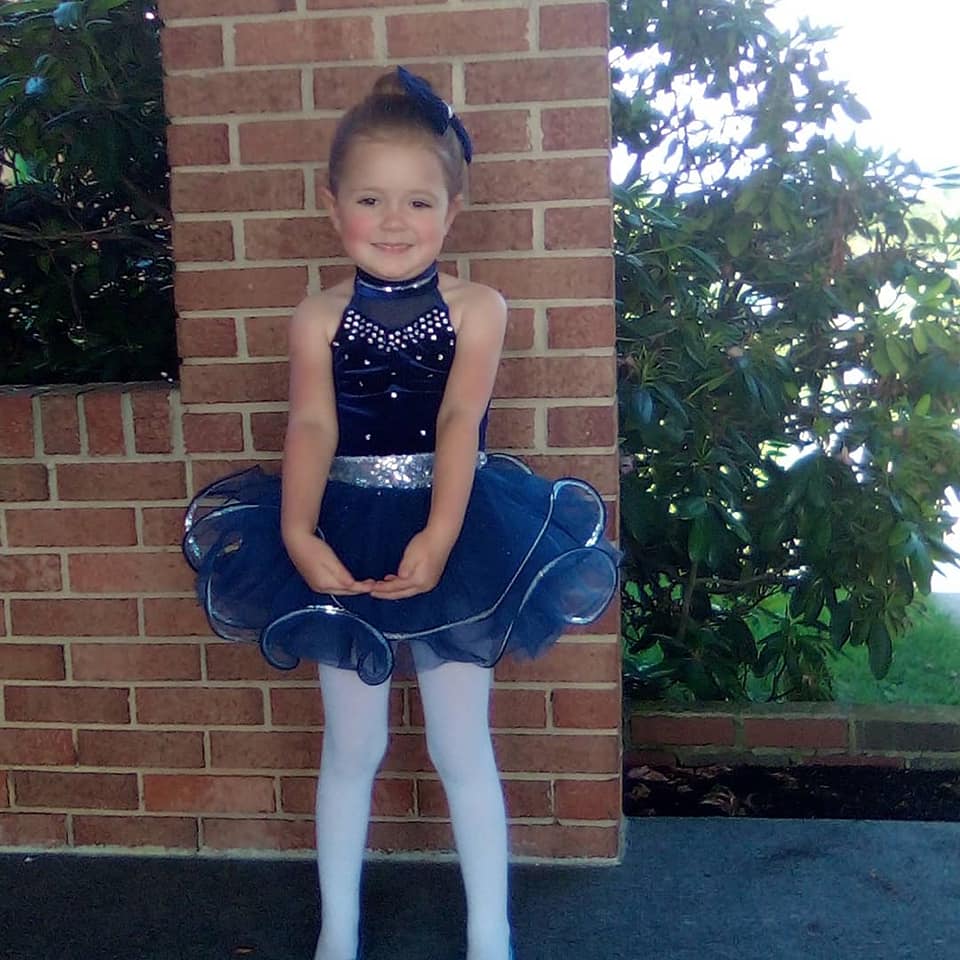
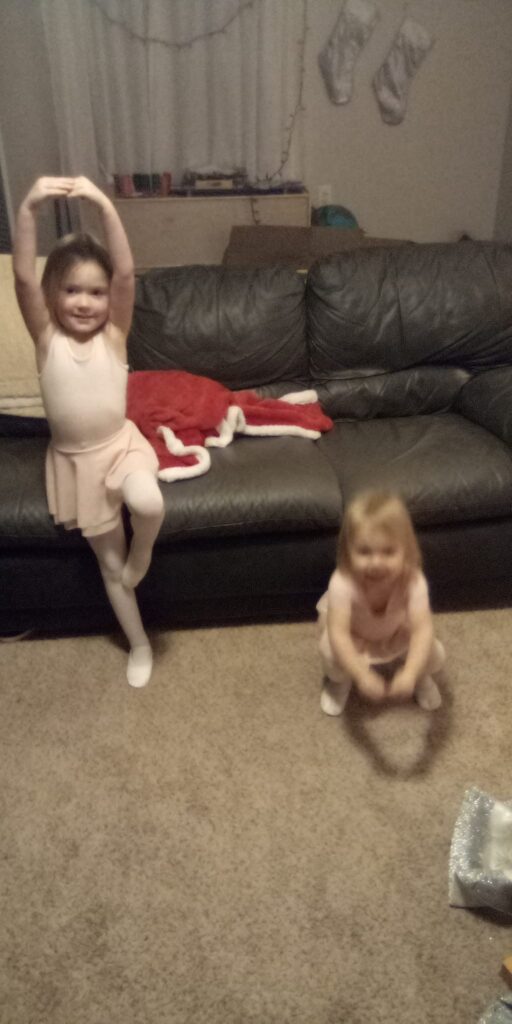
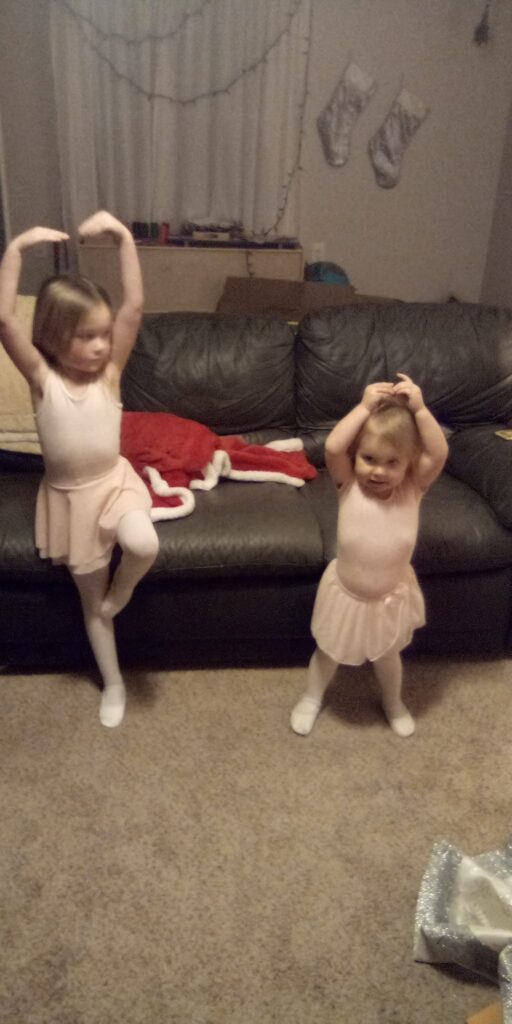
Geography
This year we really leaned into the geography sequence. We went through the early Geography lessons (often called Intro to Geography): Cosmic Nesting Boxes, Land/Air/Water, Sandpaper Globe, Landforms, Continent Globe, from Globe to Flat Map, and the Continent Globe. We also began our studies of the continents this year. We did a unit on North America and another on Antarctica. We had planned to do South America as well but had to reign it in a bit with the baby on the way. We will add this to the list for next year!
Here’s a look at some of our Geography work this year:
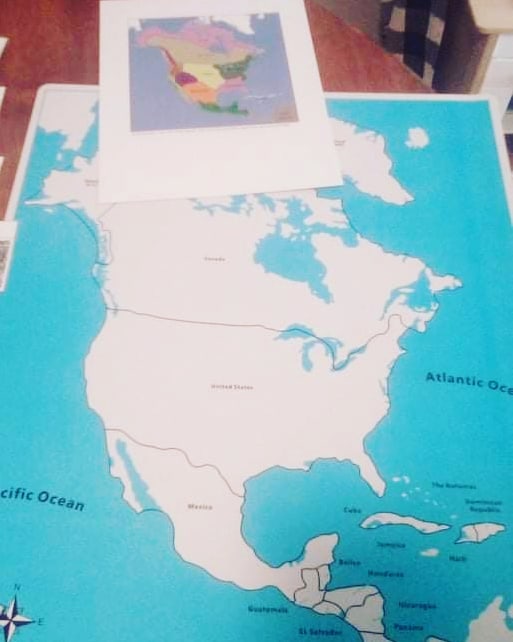
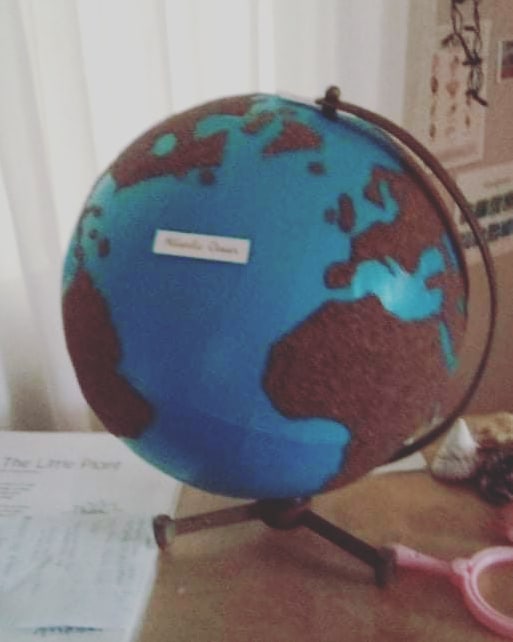
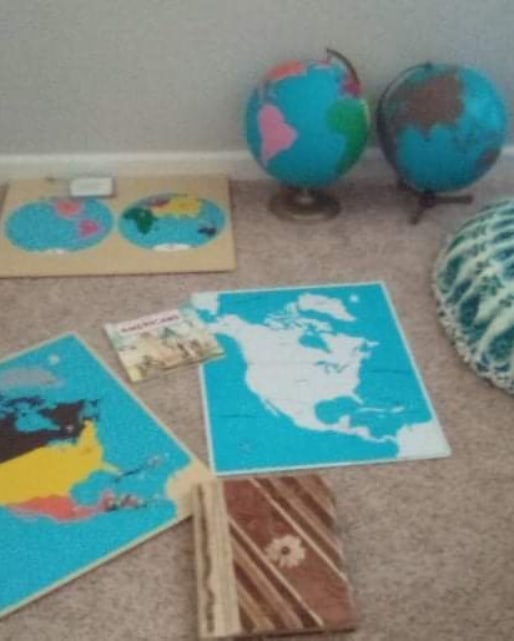
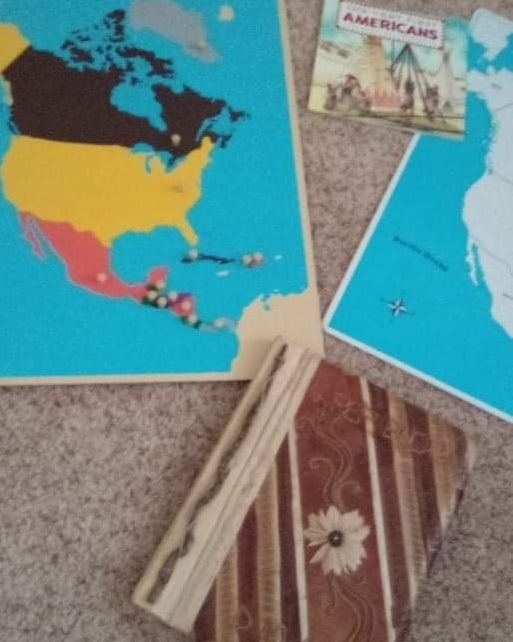
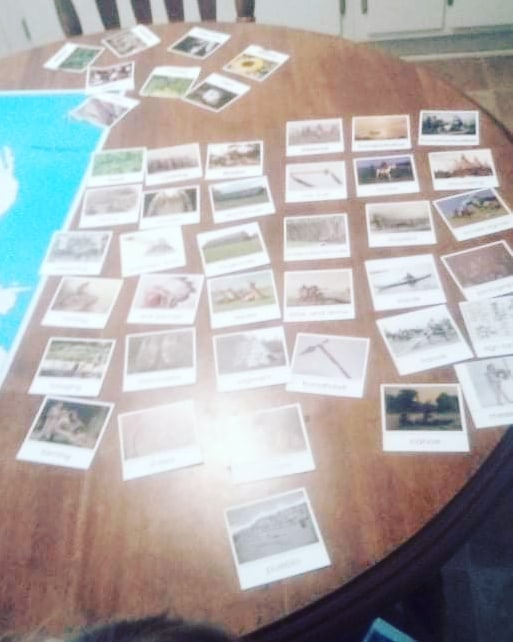
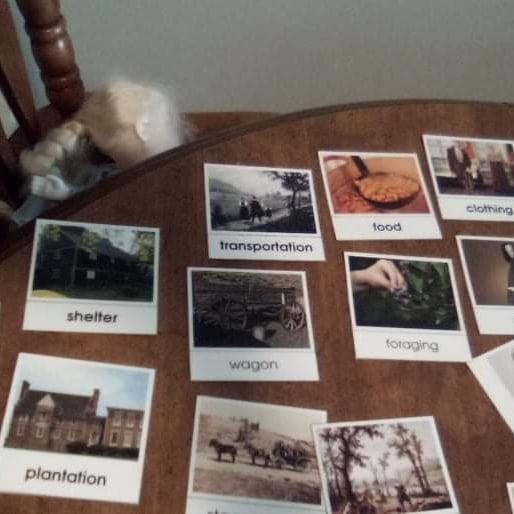
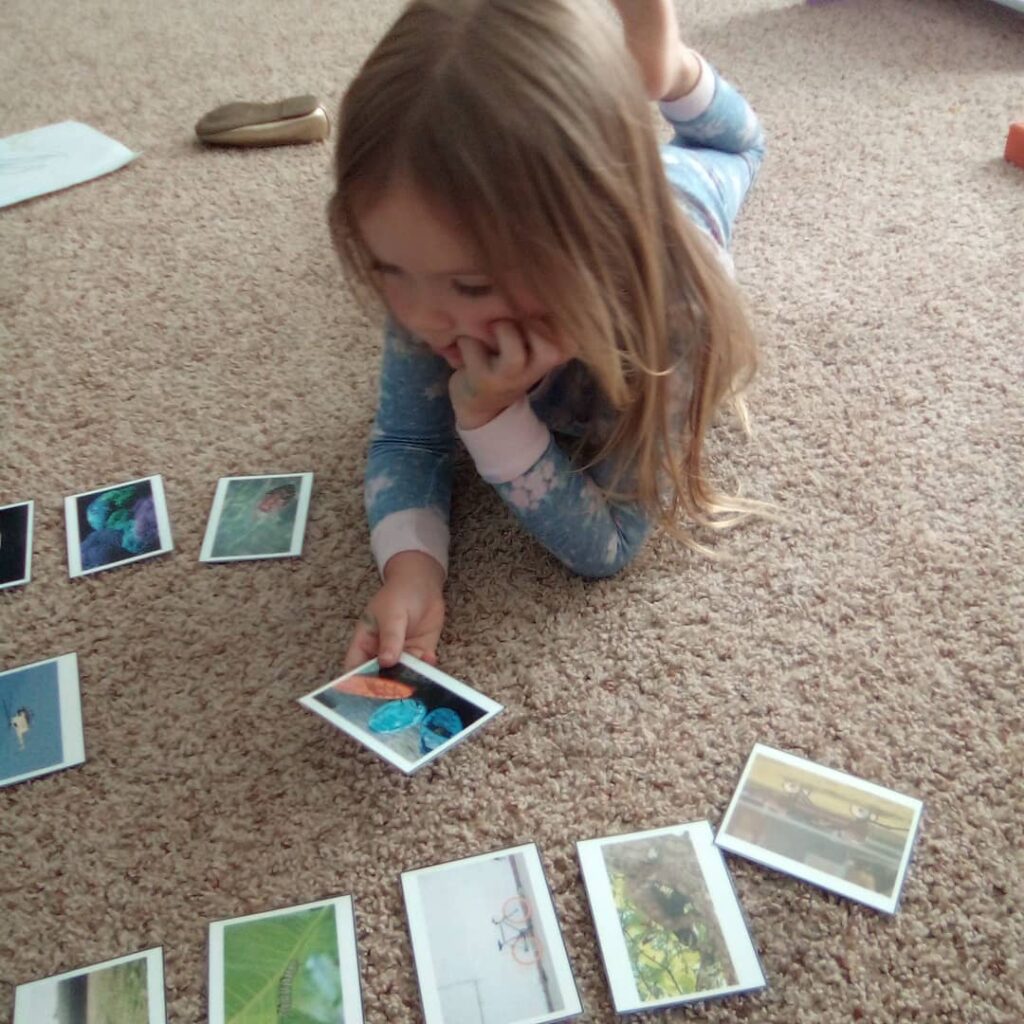
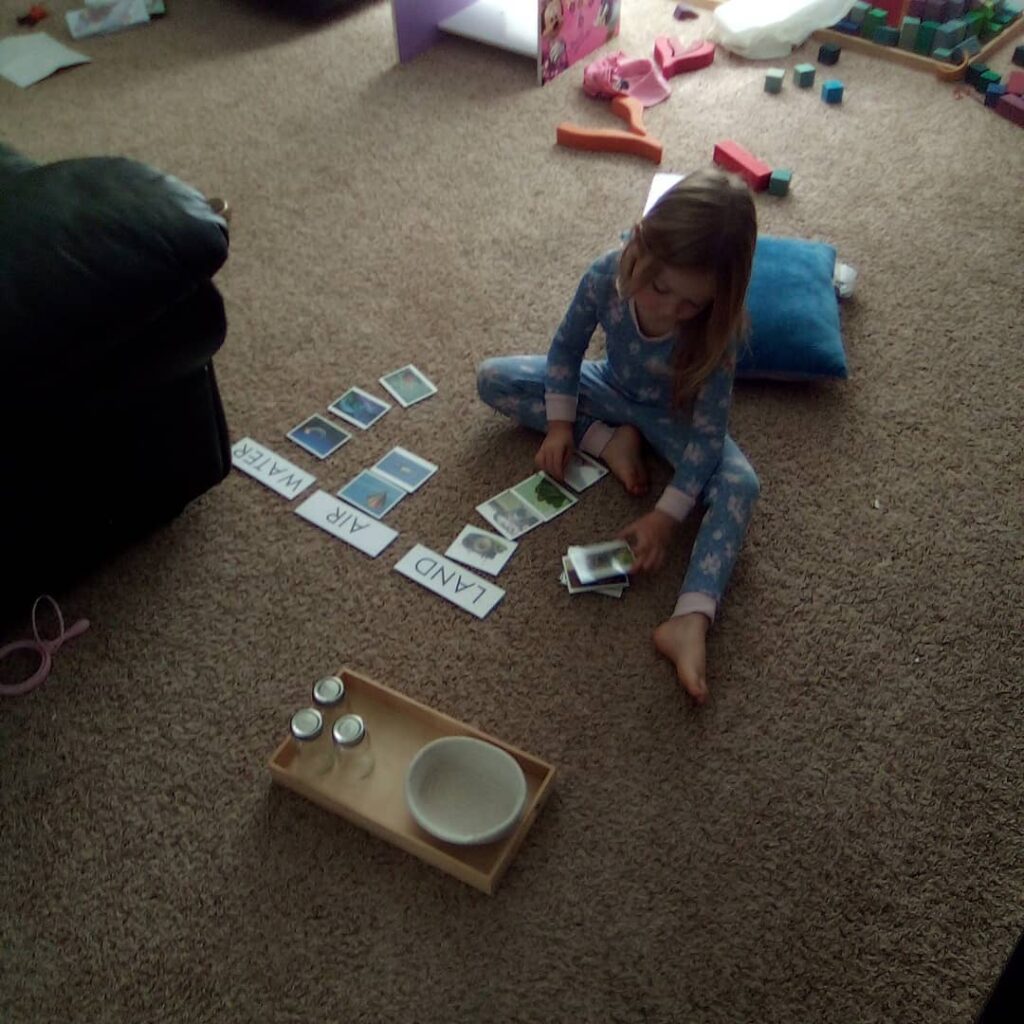
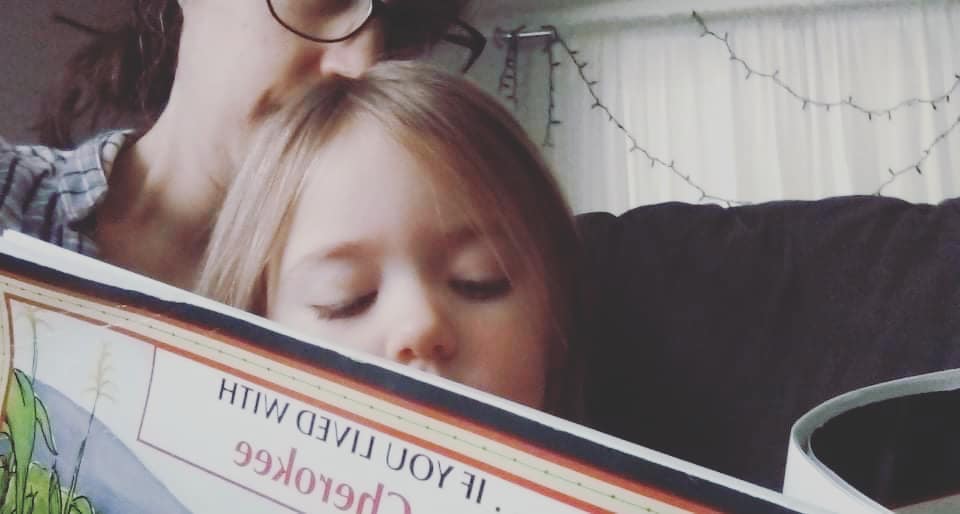
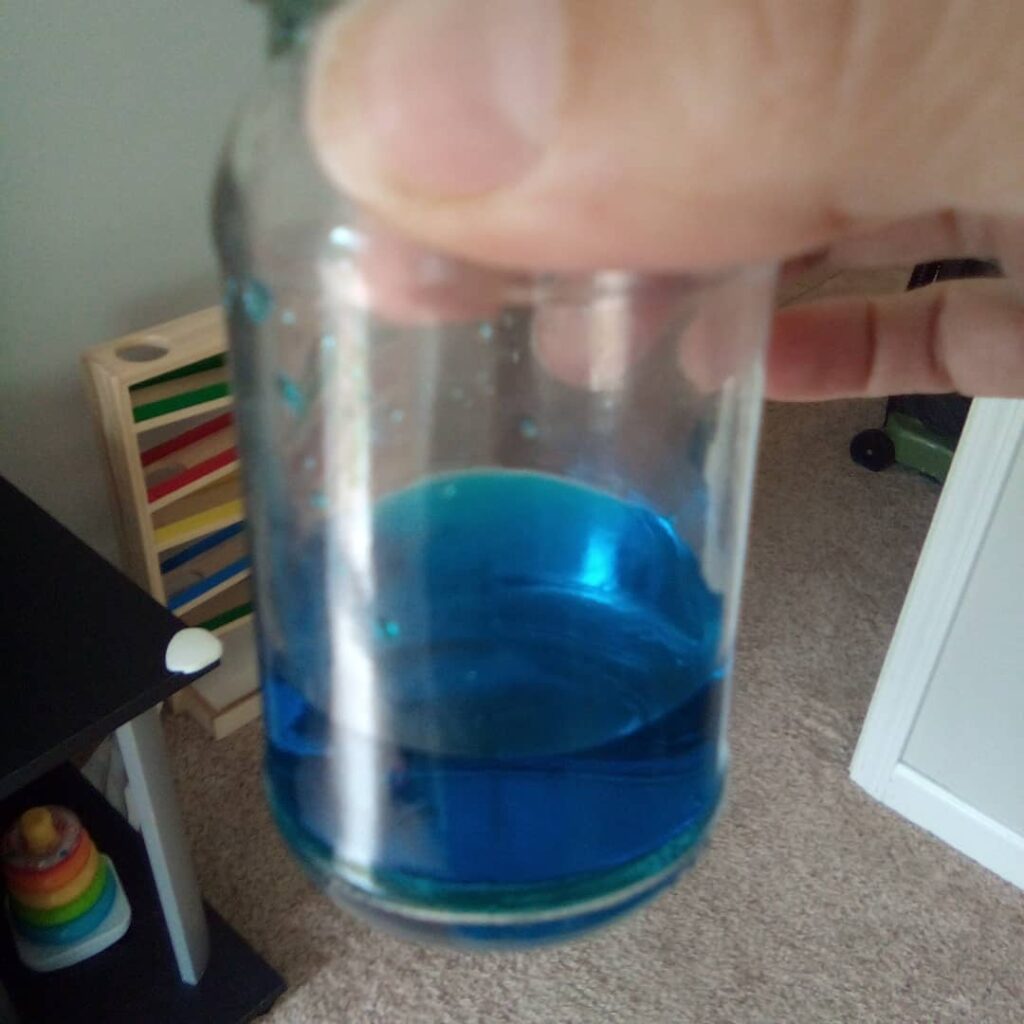
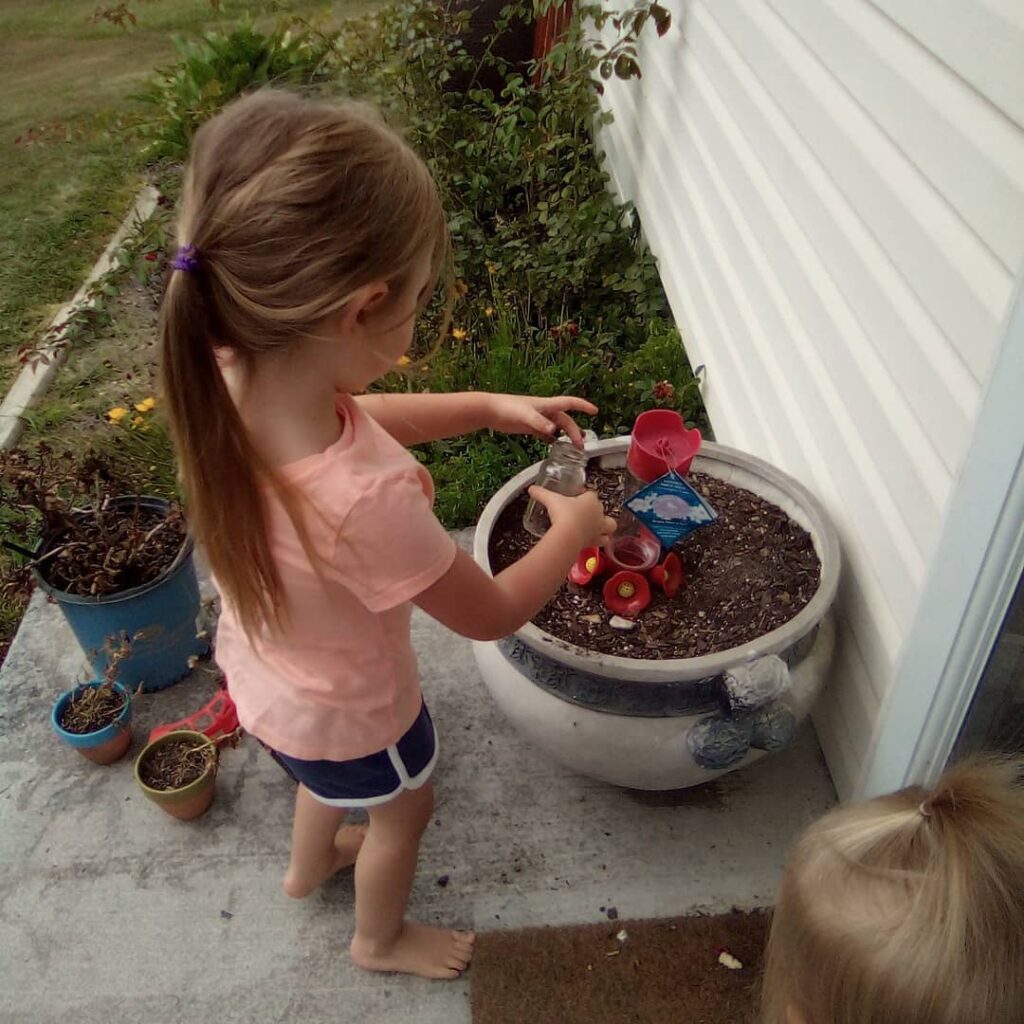
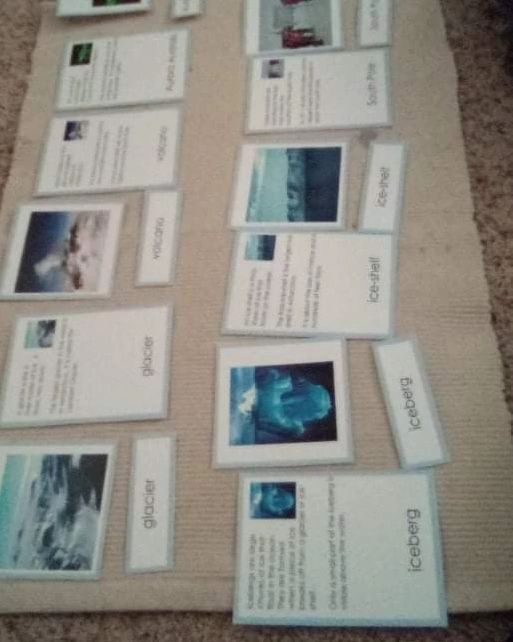
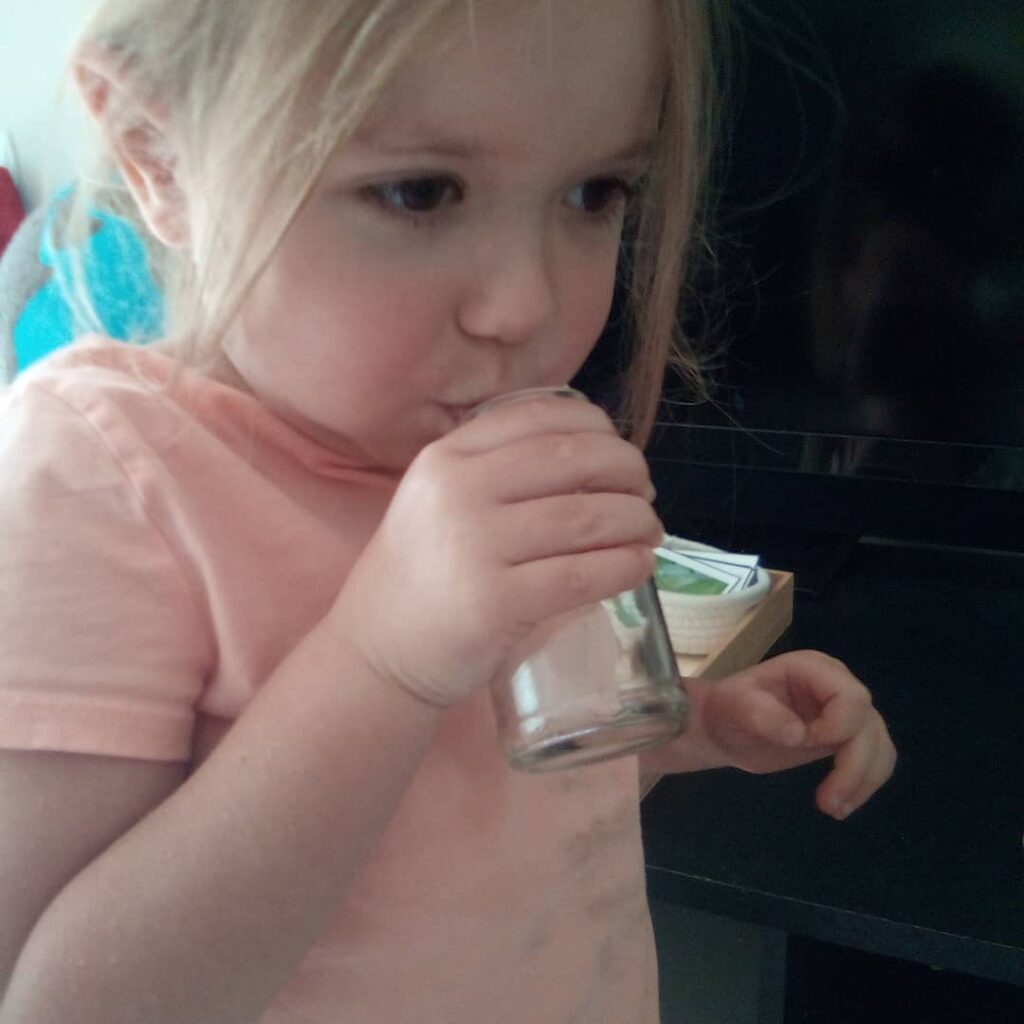
History
This year in history we learned the months of the year, days of the week, continued exploring timelines, focused on the linear calendar, and explored the fundamental needs of humans. We also did a walk around the sun for both girls on their birthday. This has become such a fun, special tradition for our family!
Science
We had so much fun this year with our science works! We did an introduction to biomes, parts of the biome, states of matter, sun lessons, seasons mat, “All Energy Comes from the Sun”, food webs, summer, fall, winter, spring, wild turkey unit, animals of North America, Animals of Antarctica, Animals of South America, Birds Unit, Penguin Study, Icebergs, Sea Turtle Study, and we started our My Body Study – Outer Body, and Dental.
Here’s a look at our science work this year:
Bible
Our goal for 2-6 is to have a strong Biblical narrative foundation, an understanding of the Gospel, and to have some scripture memorized. We do hands-on play, story-telling, reading, and acting out the Bible Stories. We also use three part cards, story sequencing cards, and matching cards. We will even watch the Bible stories during our screen time. This year we focused on the following: The Story of Joseph, Obedience Unit (Noah, Samuel, and Abraham),The Story of Moses, Peacemaker, Pumpkin Gospel, Reformation Day, Martin Luther Mini Study, Thankfulness, Christmas/Advent Focus, Miracles of Jesus, Racial Equality from God’s perspective (all the same but different), St. Patrick the Missionary and the Trinity (using the three leaf clover), Ministry of Jesus (birth to resurrection), Holy Week, and Post Resurrection Events.
We read and highly recommend the following Bibles and books to use in your home (whether you homeschool or not):
- Jesus Story Book Bible
We also memorized the following verses: Romans 3:23, Romans 3:10, Matt. 13:12, Psalm 145:8, John 20:31, Eph. 1:6, John 3:16a, Luke 2:10-11, and Psalm 107:1.
Themes/Units
This year we did quite a few units. 16 to be exact! We’ve done a Bugs Unit, Fourth of July Mini Unit, Mini Camping Unit, Sunflower Unit, Summer Art Study, Ocean Unit, Pumpkin Unit, Mini Wild Turkey Unit, North America Unit, Martin Luther King Jr. Mini Unit, Antarctica Unit, Penguin Unit, Dental Unit, Valentine Mini, Birds Unit (huge unit!), and My Body Unit. Some units are heavy in science or language and others strive to encompass all subjects. I try to tie in the arts to each unit as we can as well. We intermingled these with the scope and sequence and tried to follow the child. Some were on my list for the year already and some were not. There were a few I had planned on that we scraped or didn’t get to in order to follow the child as well! I tried to bring in works for both my tot and preschooler this year for each unit. Much of it is preschooler heavy BUT we do not do as many new works a week with a tot. Not to mention that sometimes, tots simply aren’t interested? Follow that child ya’ll! Click here to view our units.
That’s our Year in Review for the 2021-2022 School Year. I can’t believe I am currently prepping for Year 3 of 3-6 (our kindergarten year!), my Tot will graduate from “Tot School” to 3-6 materials either in the fall or spring semester, and raising another Monti baby from the start. Time flies you guys! Didn’t I just start 3-6 with one little?
I hope you enjoyed our overview of this past school year in our Montessori Homeschool. Now for maternity leave (unless I get planning done before this baby is here!) and all the fun, challenging things that come with that. We will dive back in sometime this summer!
If you enjoyed this post, you’ll love these:
- Summer Recap 2021
- 2019-2020 Year in Review
- 2020-2021 Year in Review
- 2020/2021 School Year Outline Montessori 3-6
- 2021/2022 School Year Outline Montessori 3-6 + Tot School
- 3-6 Materials for Year One
- Planning for Year Two of The 3-6 Montessori Classroom – Materials List
- Planning for Year Three of the 3-6 Montessori Classroom at Home – Materials List
- Montessori Home School Record Keeping (Tracker, Portfolio, and more!)
Note: Still adding some pictures but decided to go ahead and publish for now. I will update as I can (most likely after baby!)